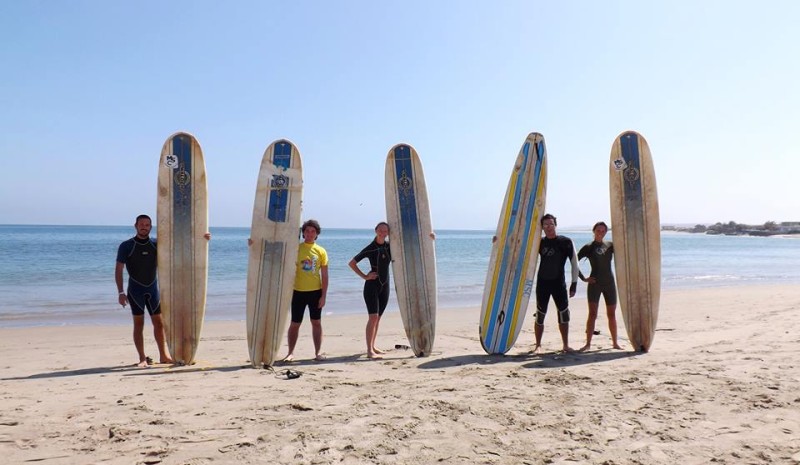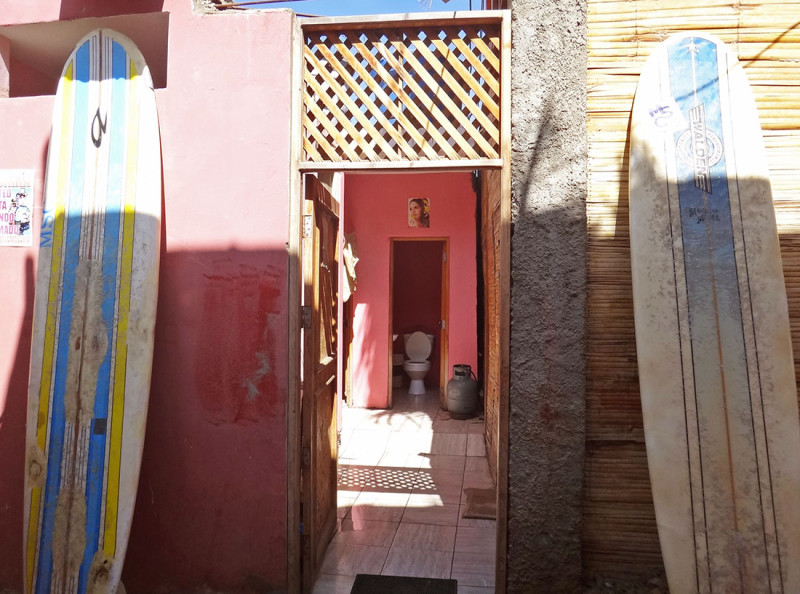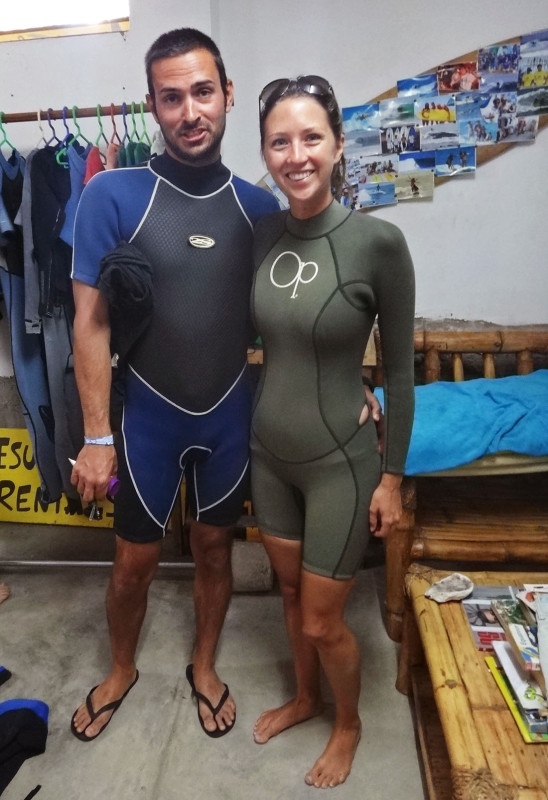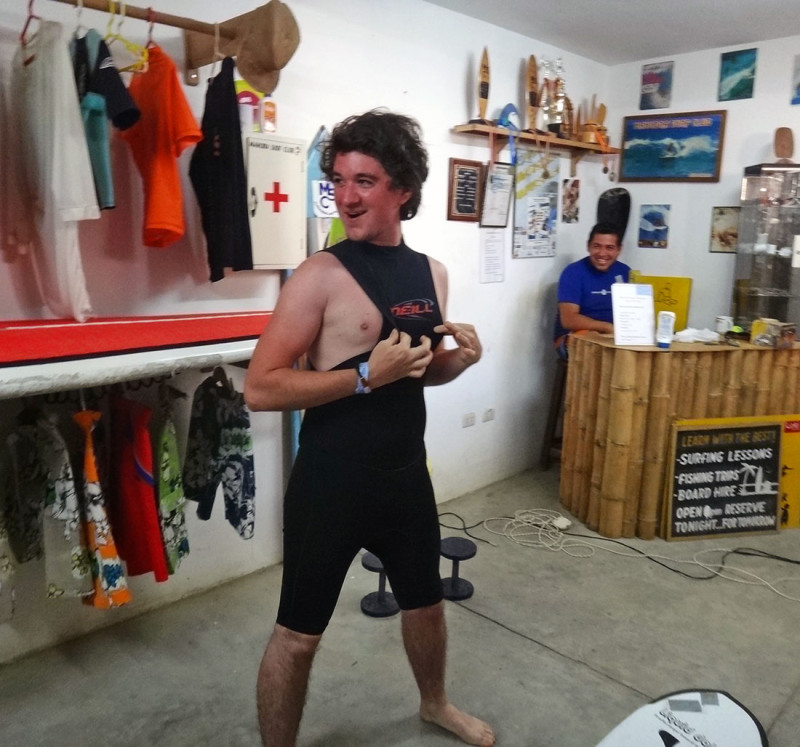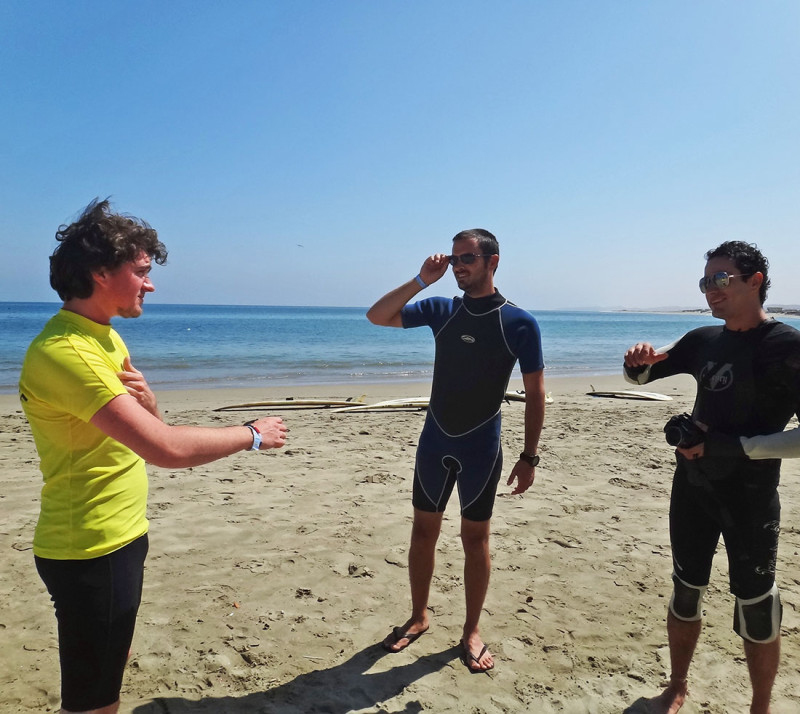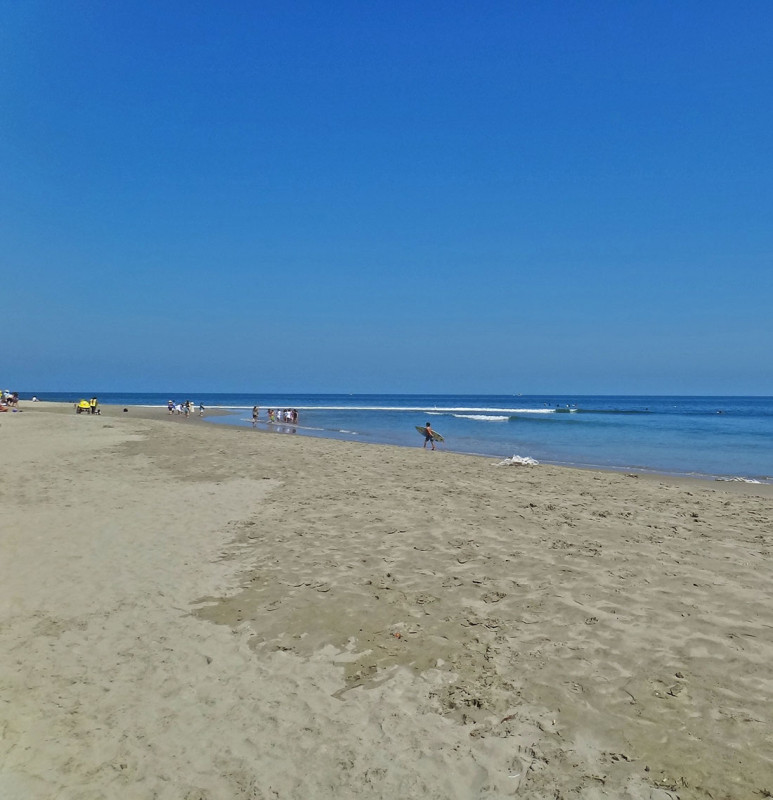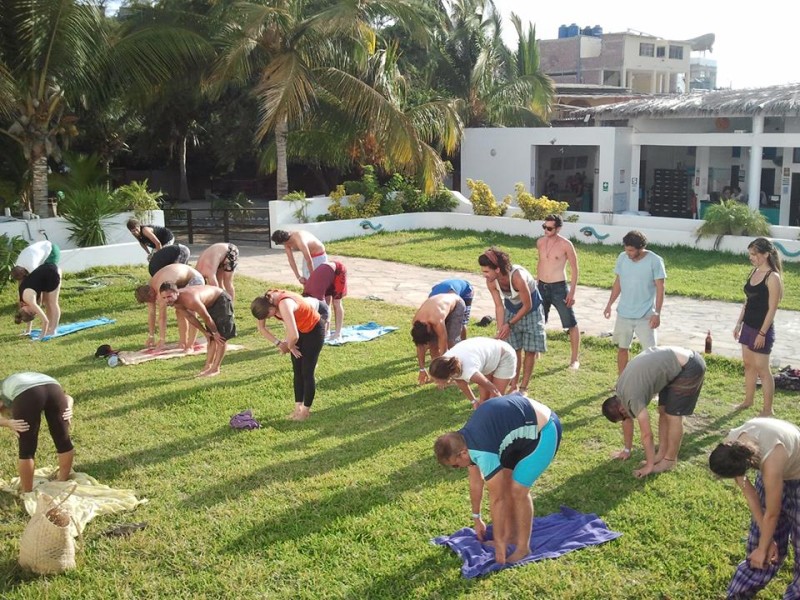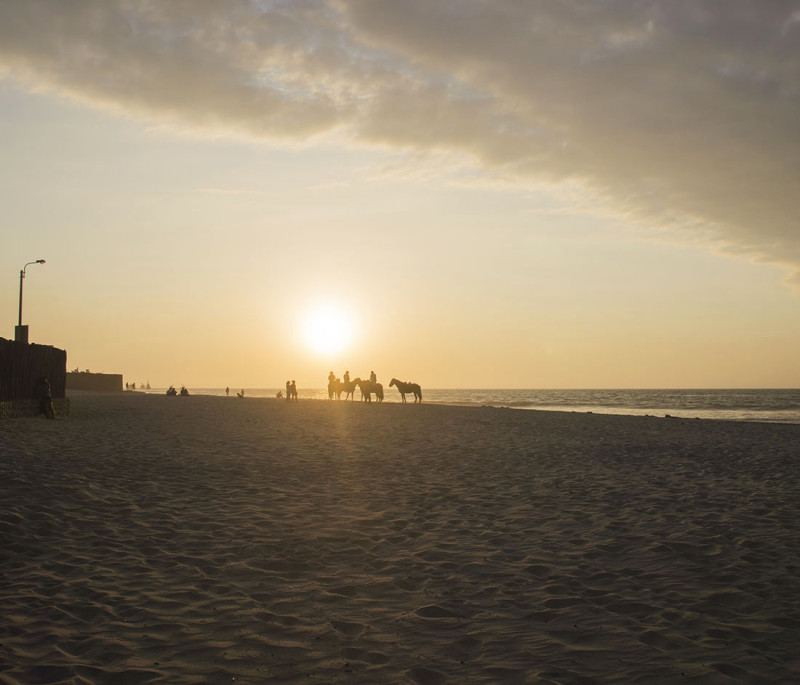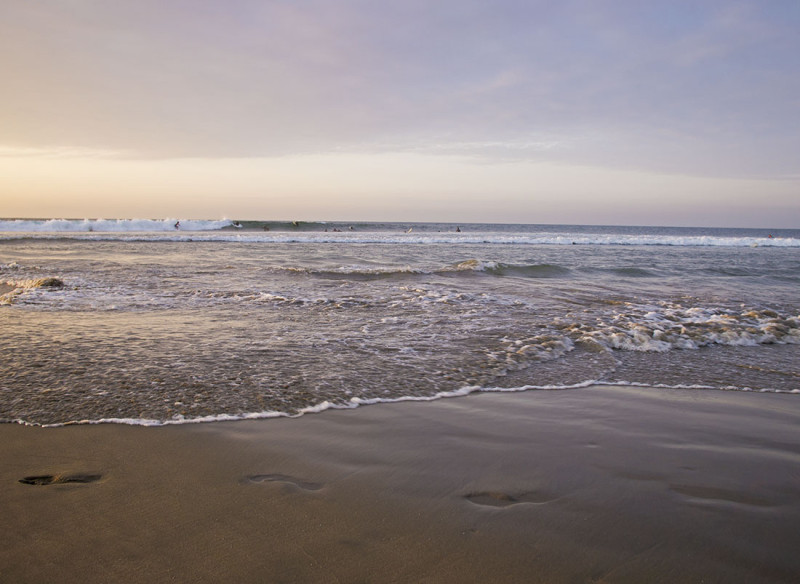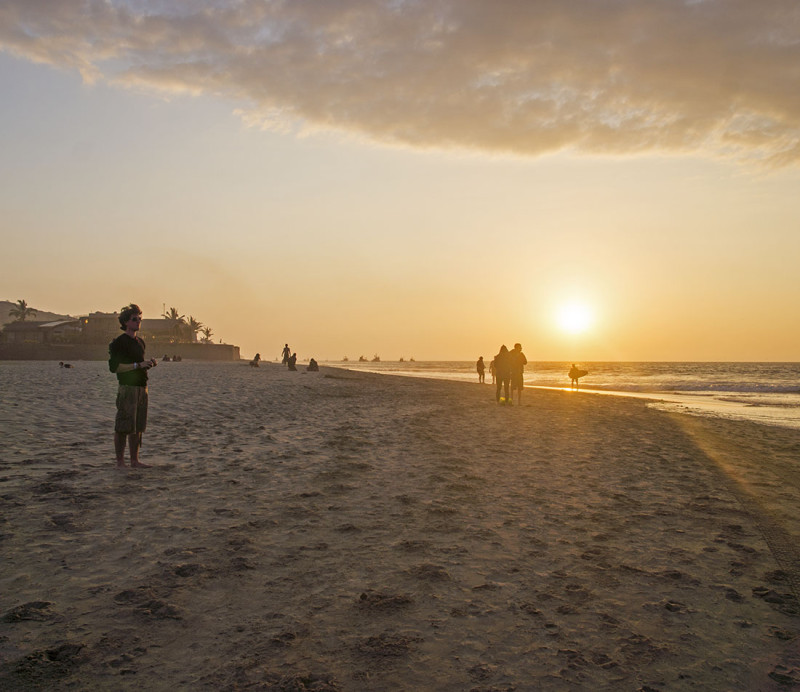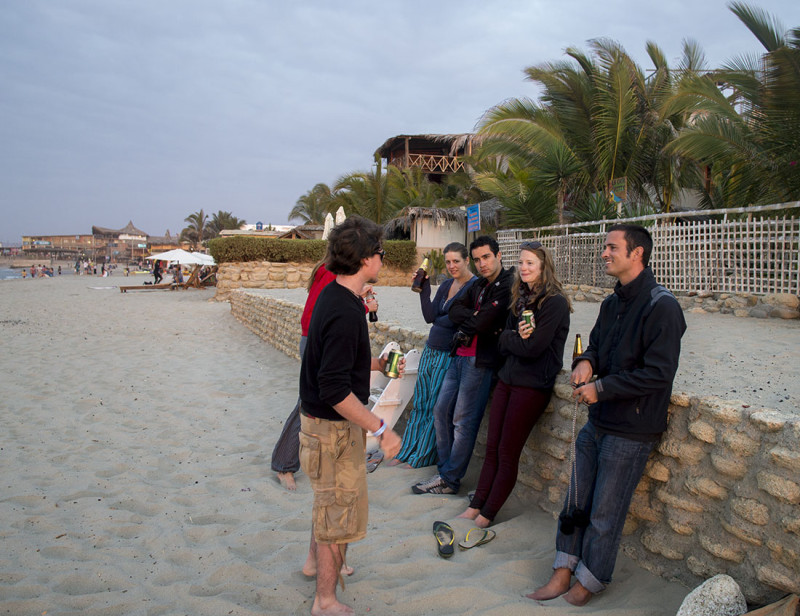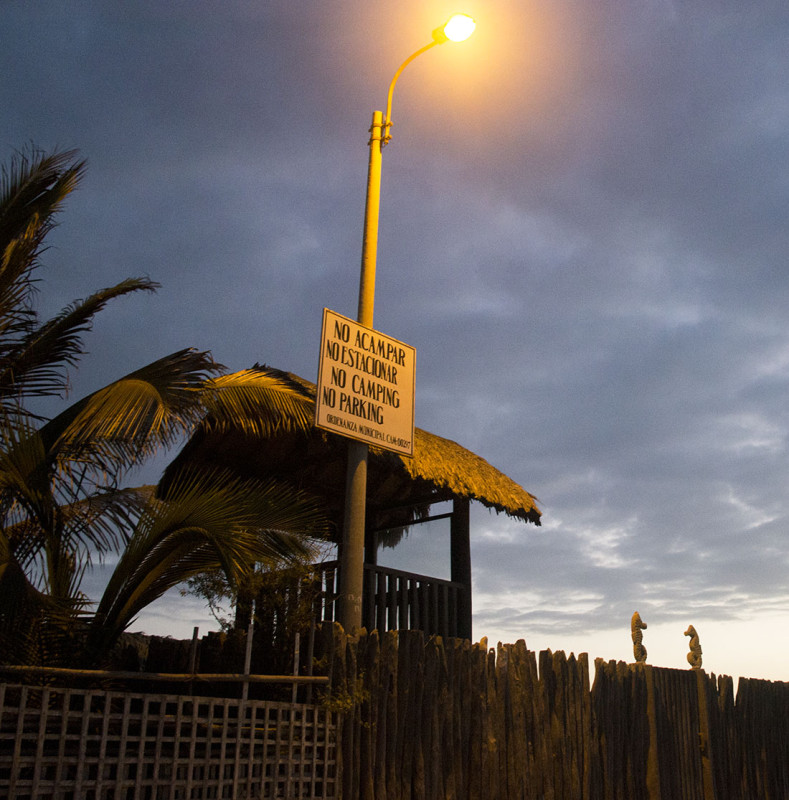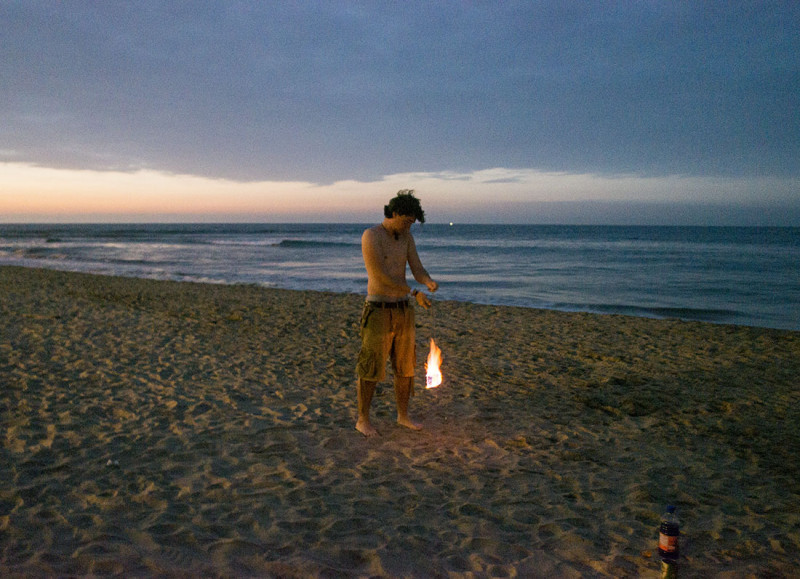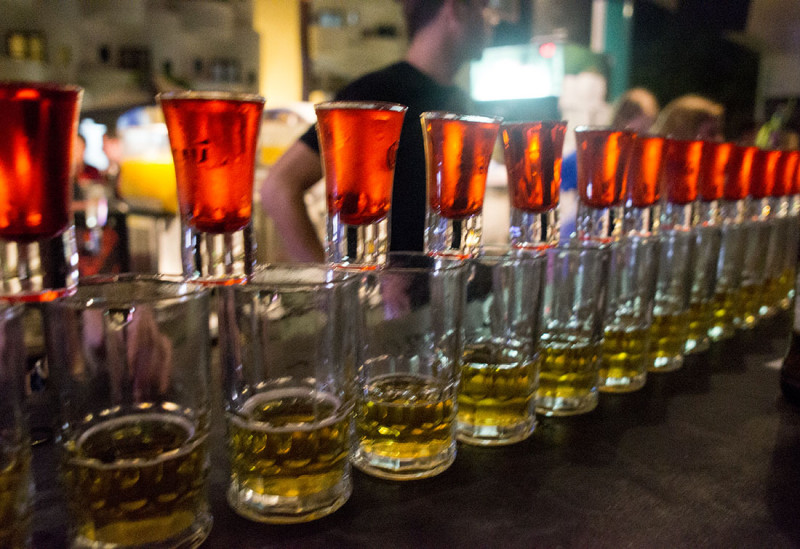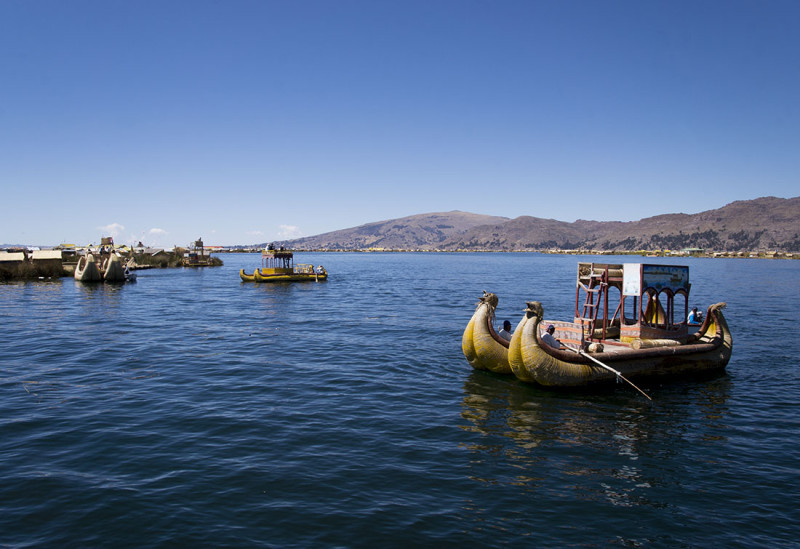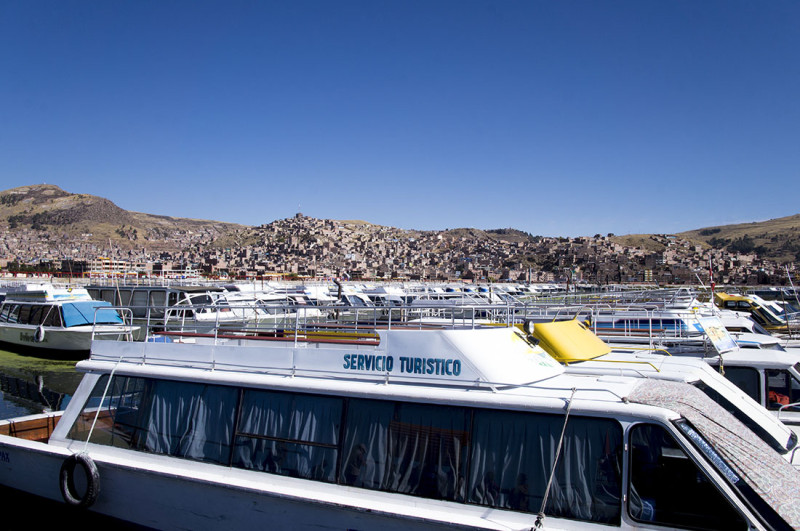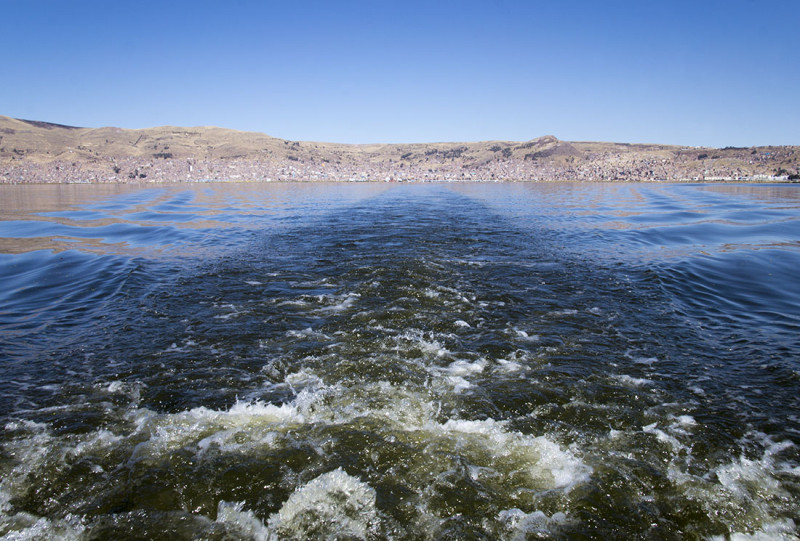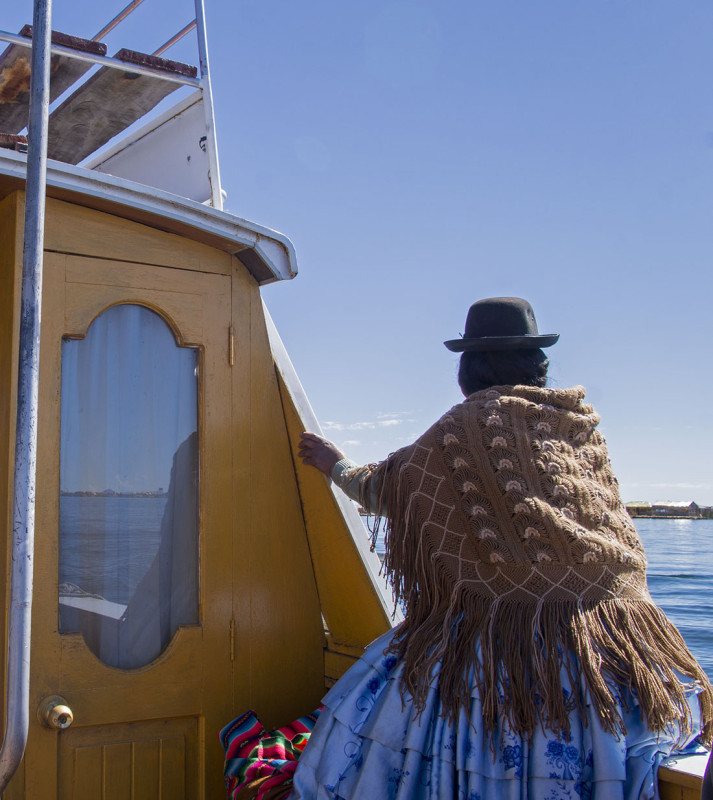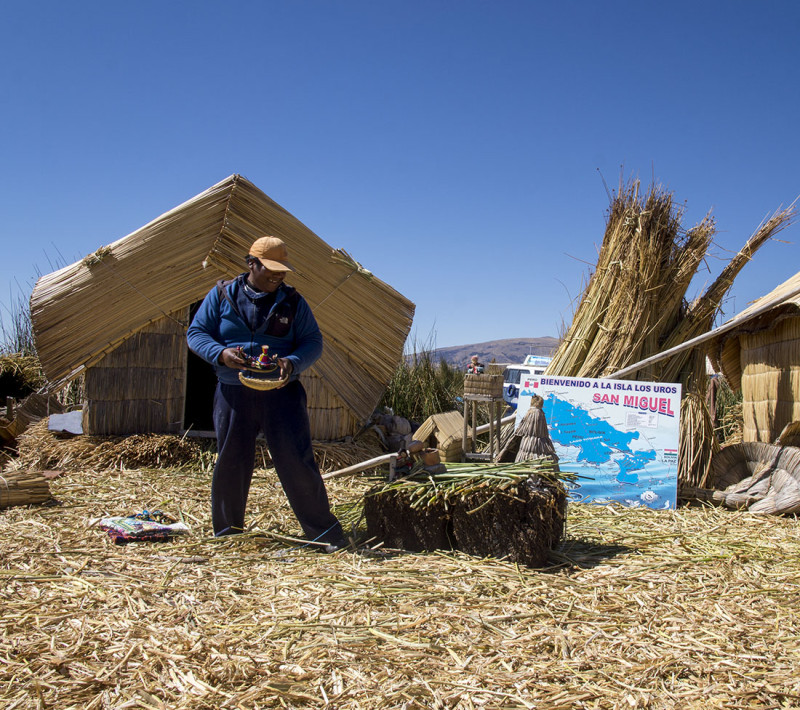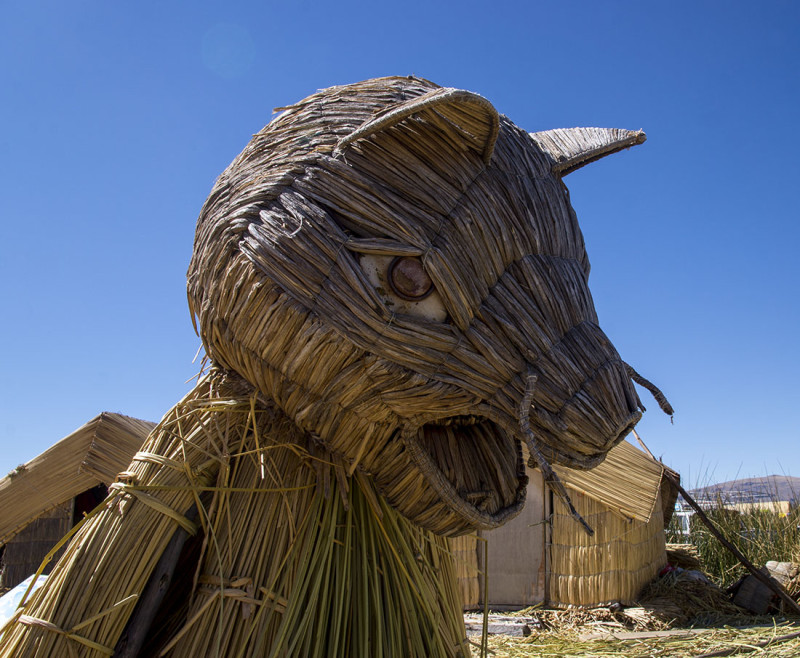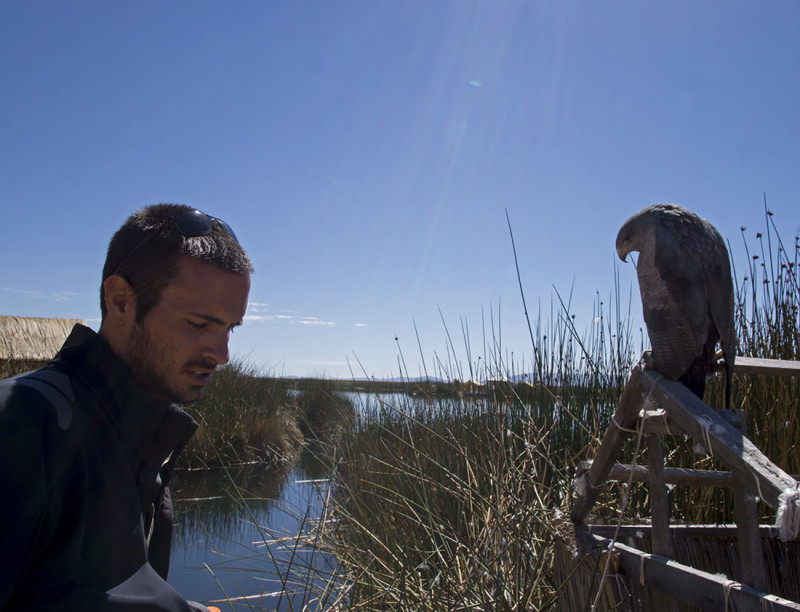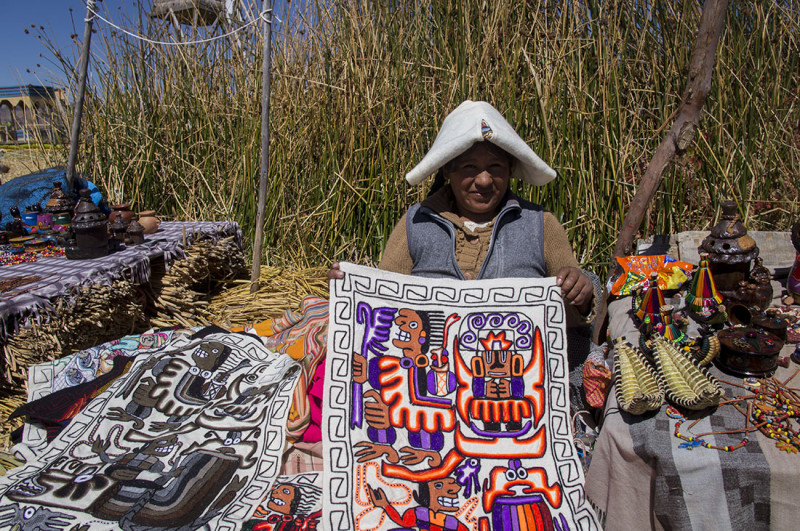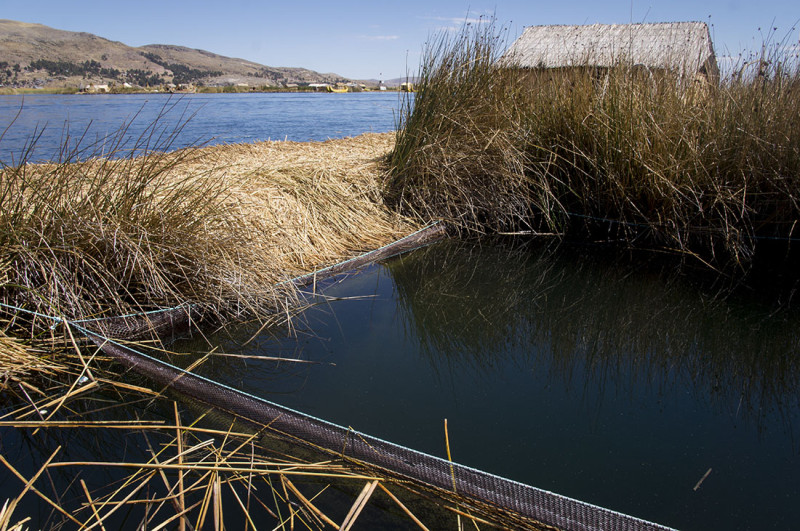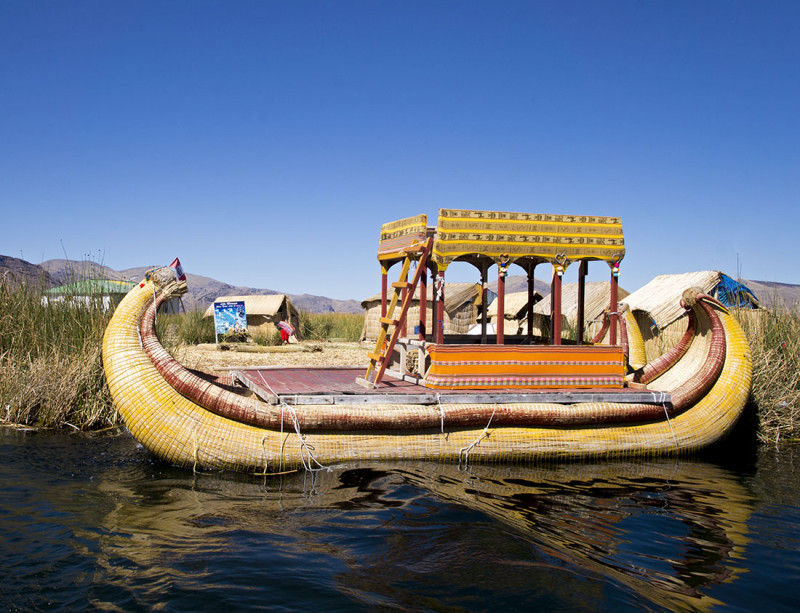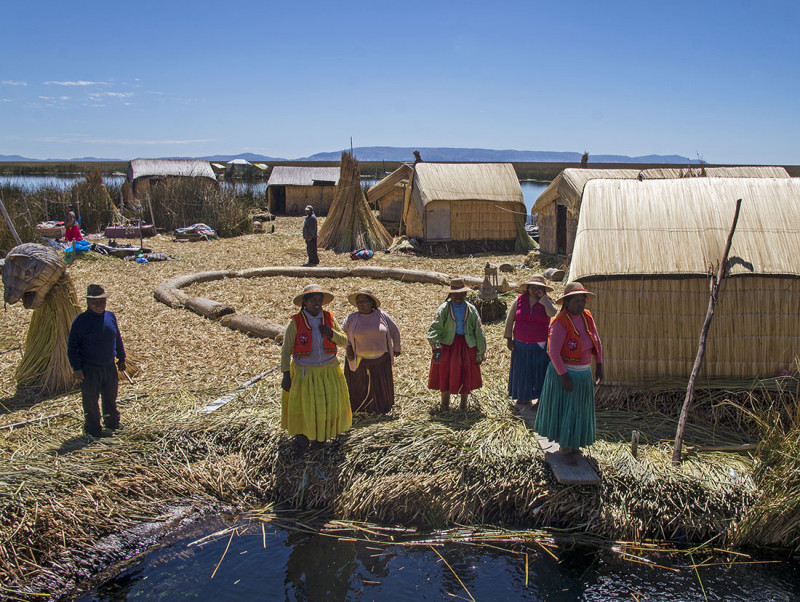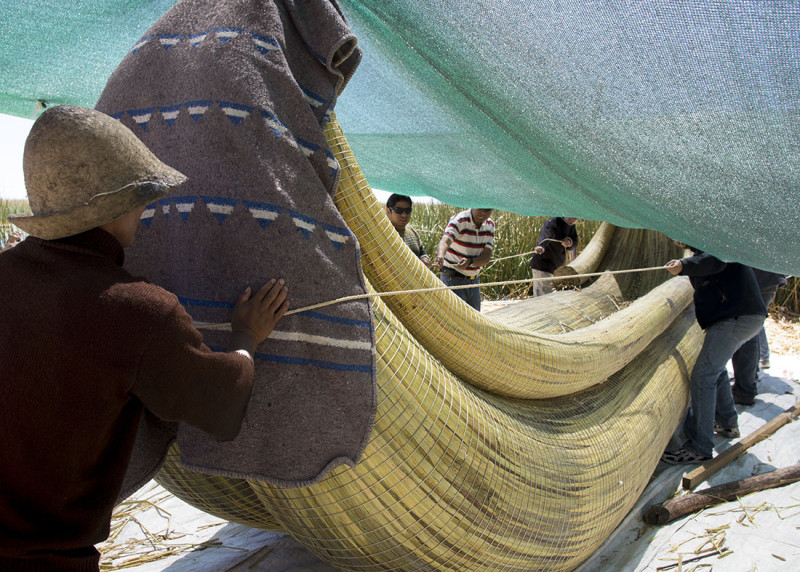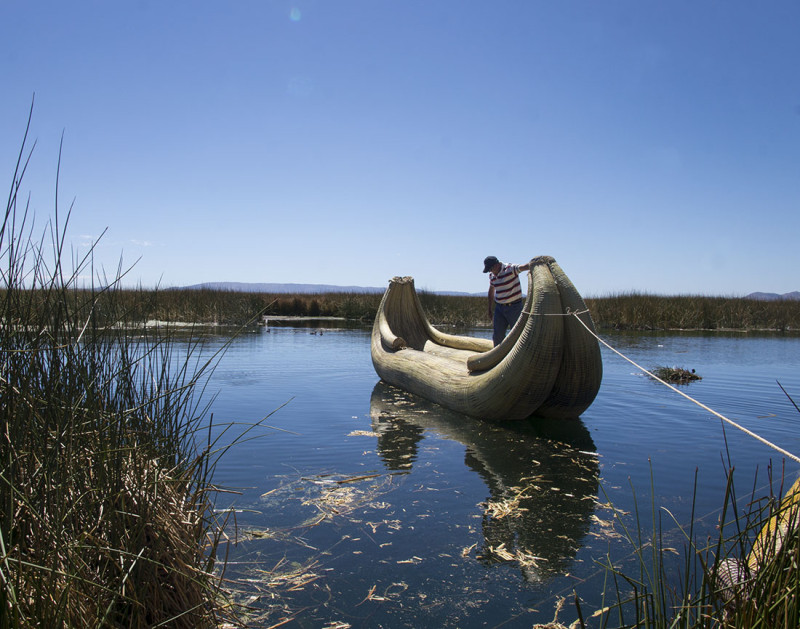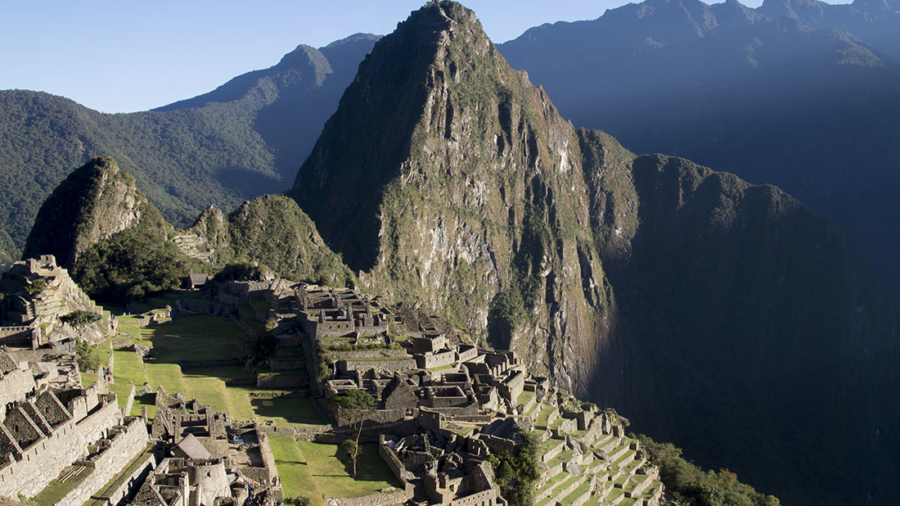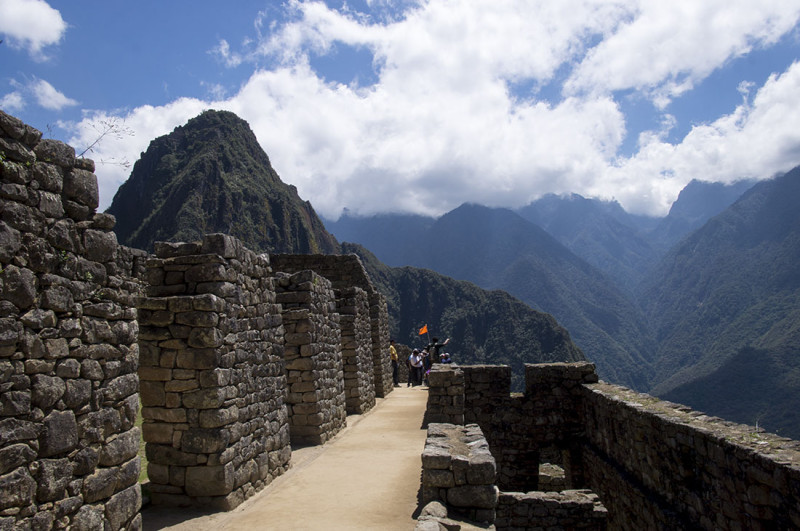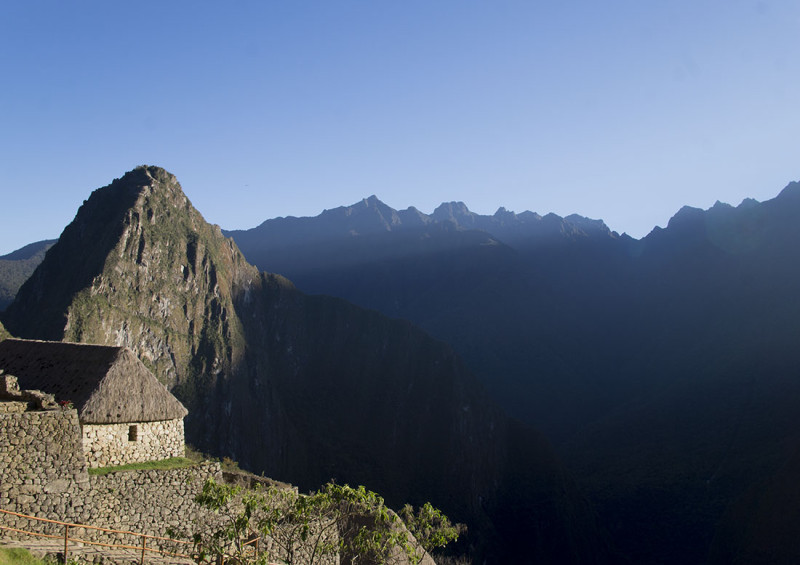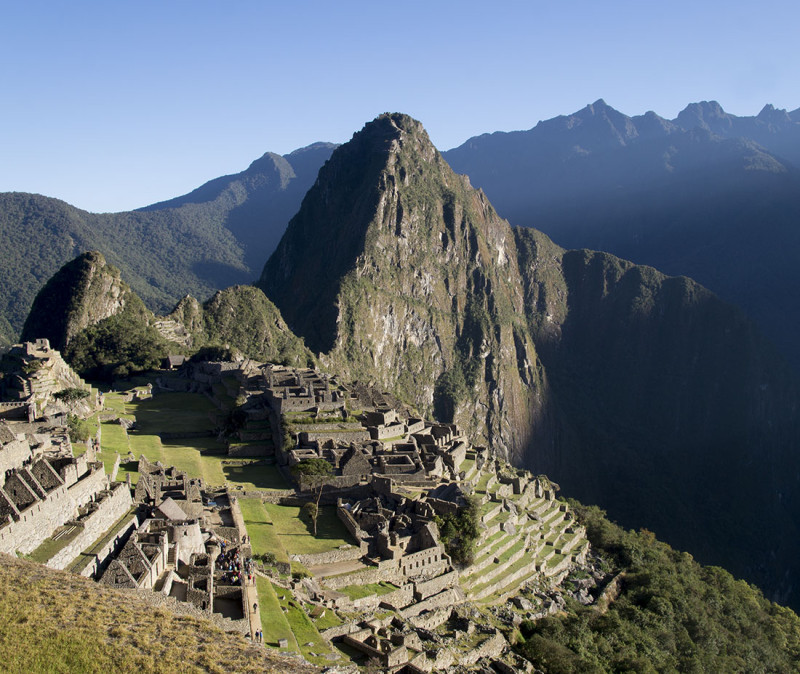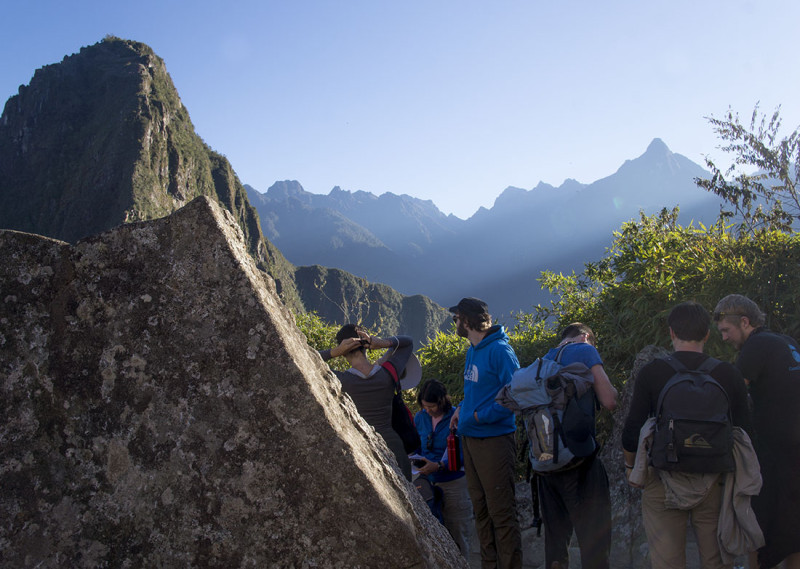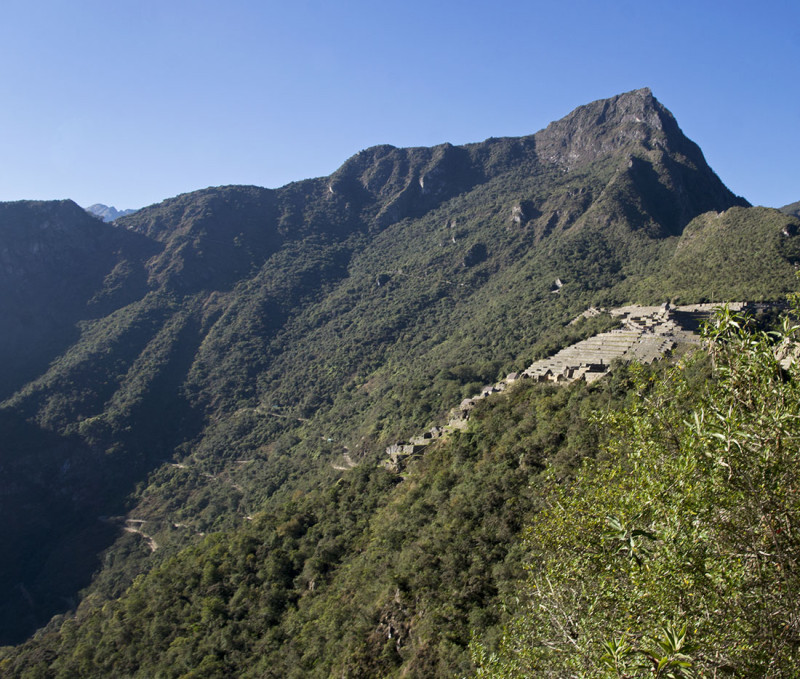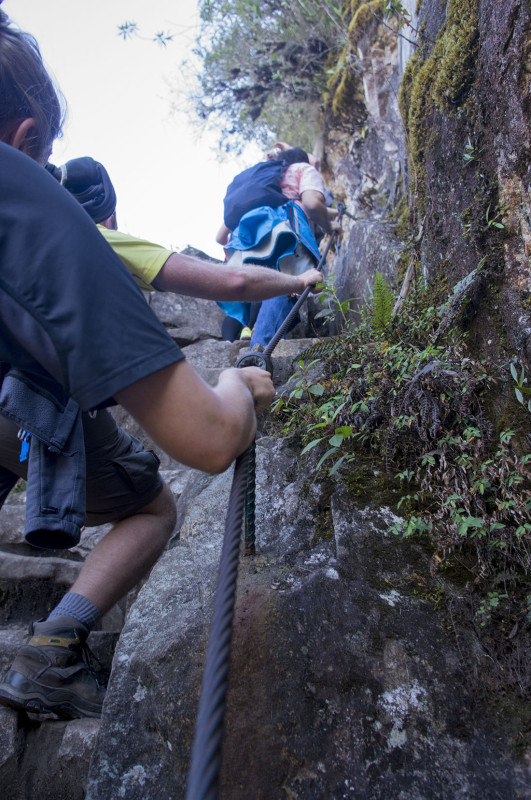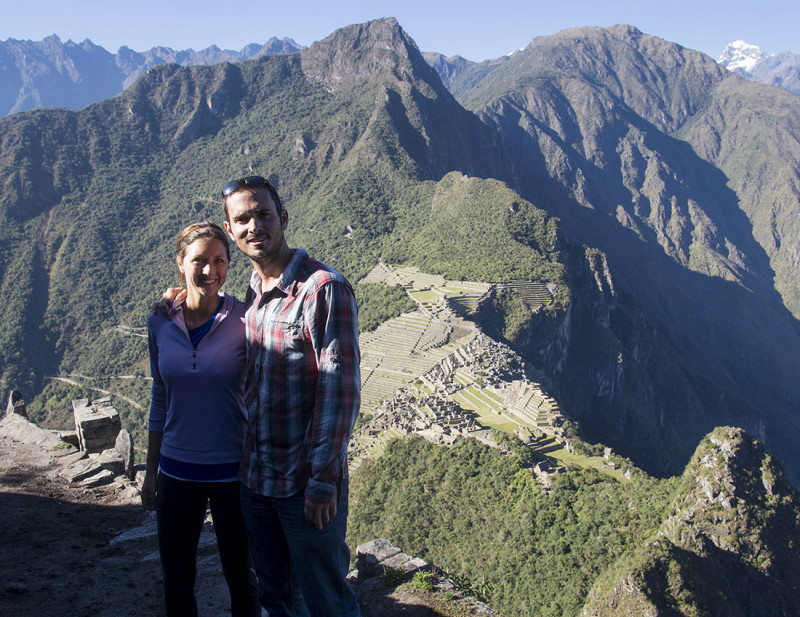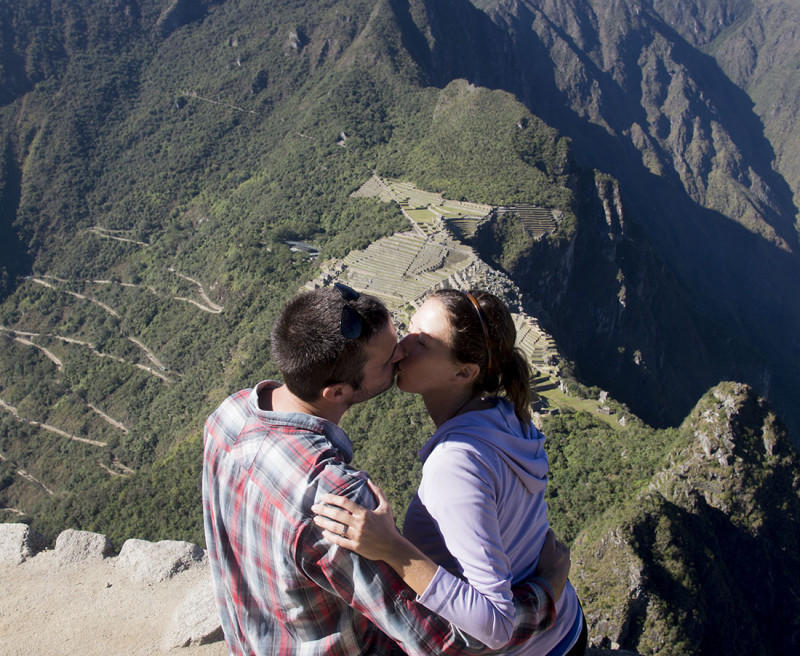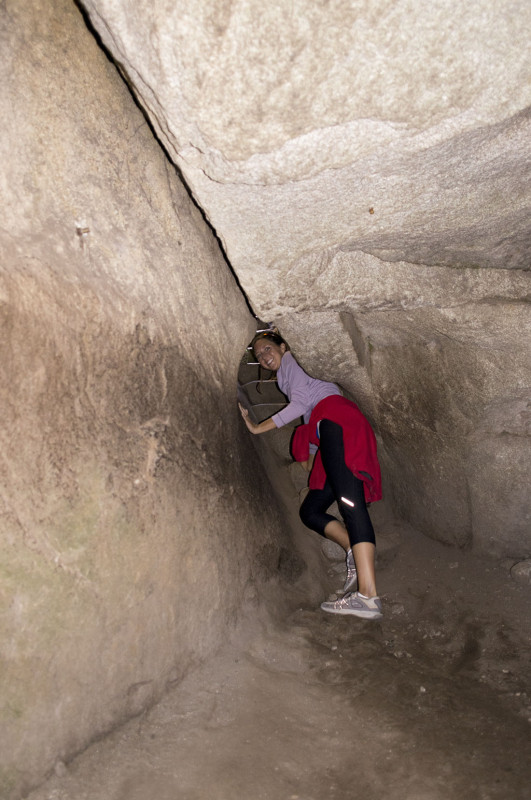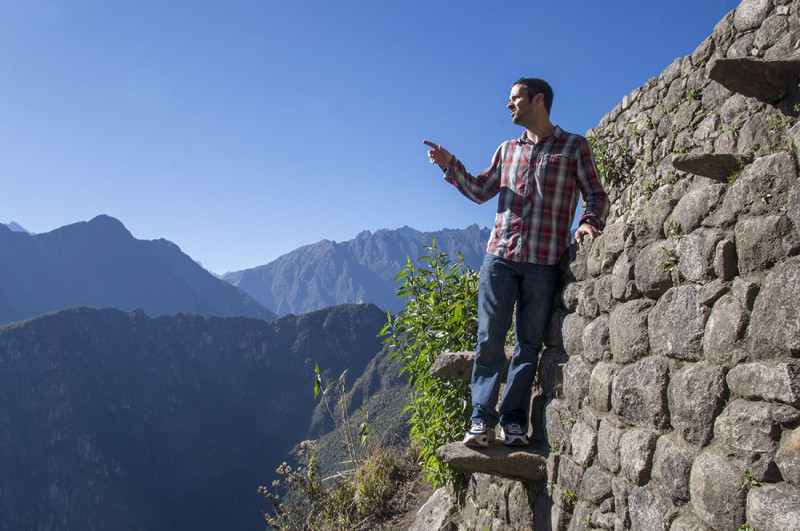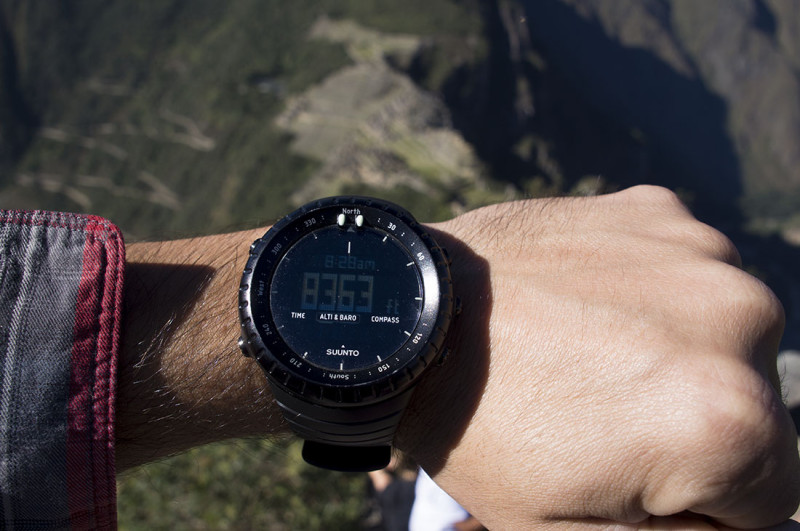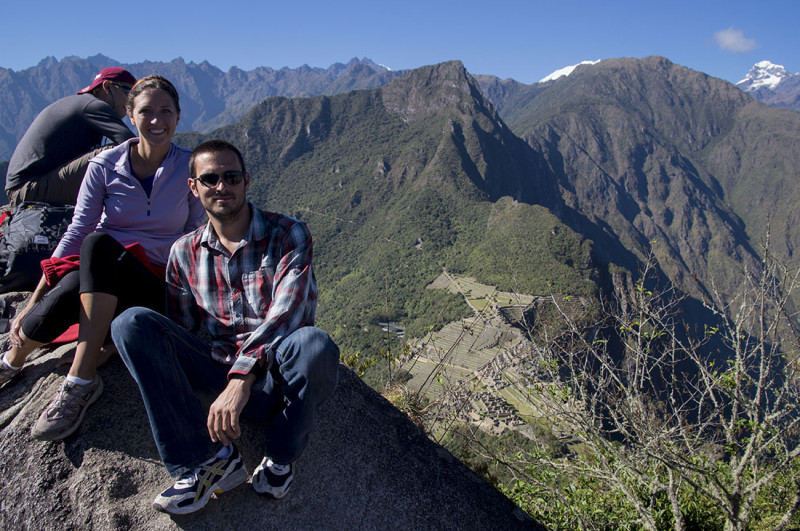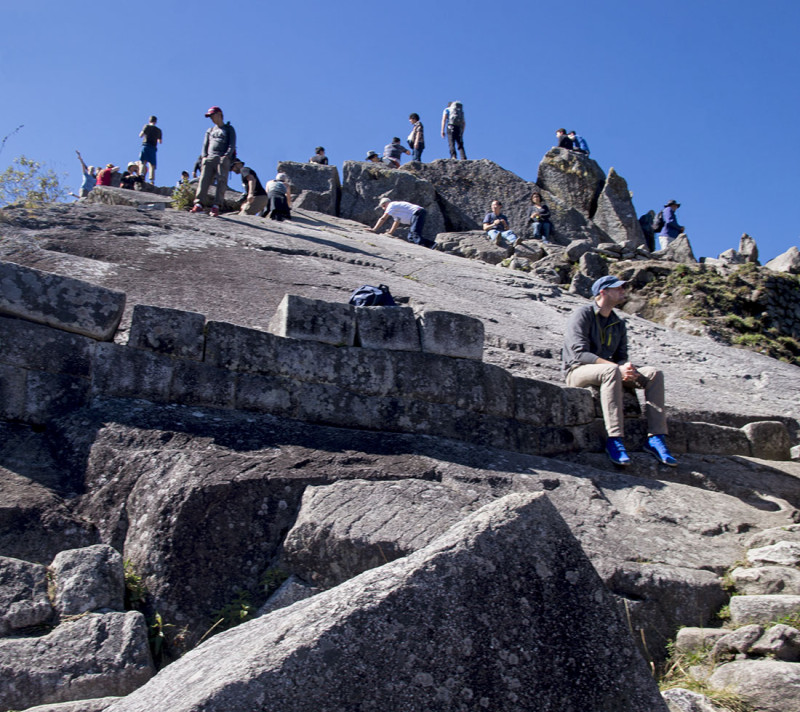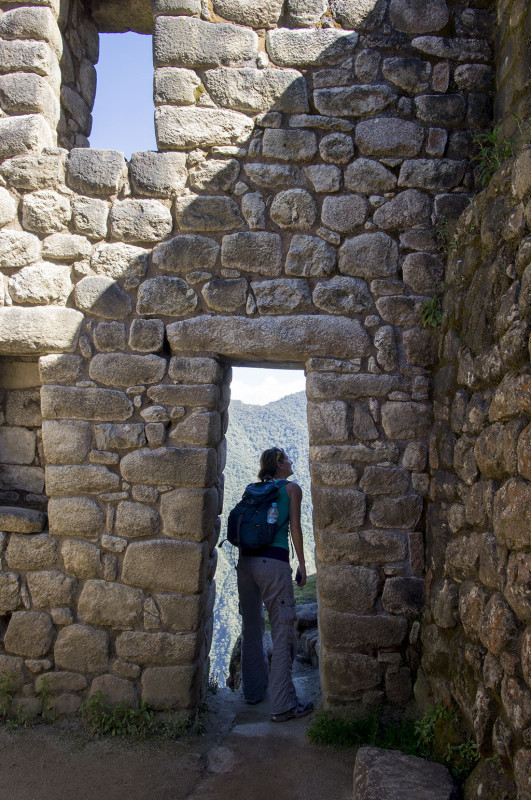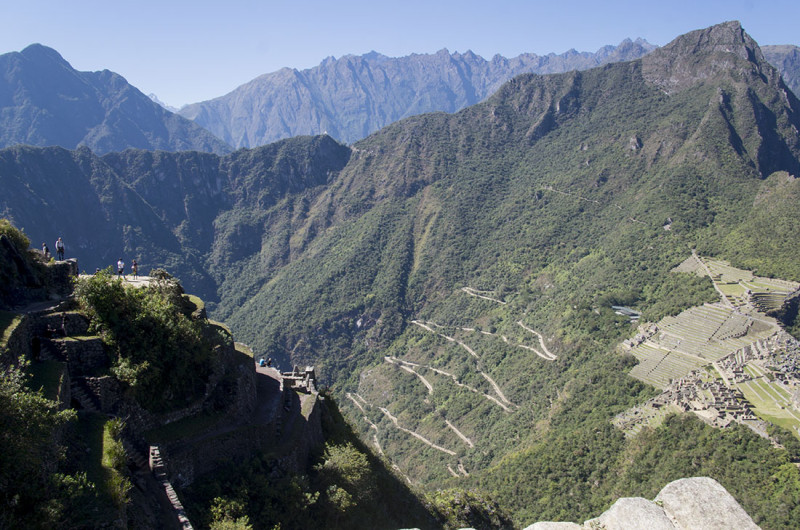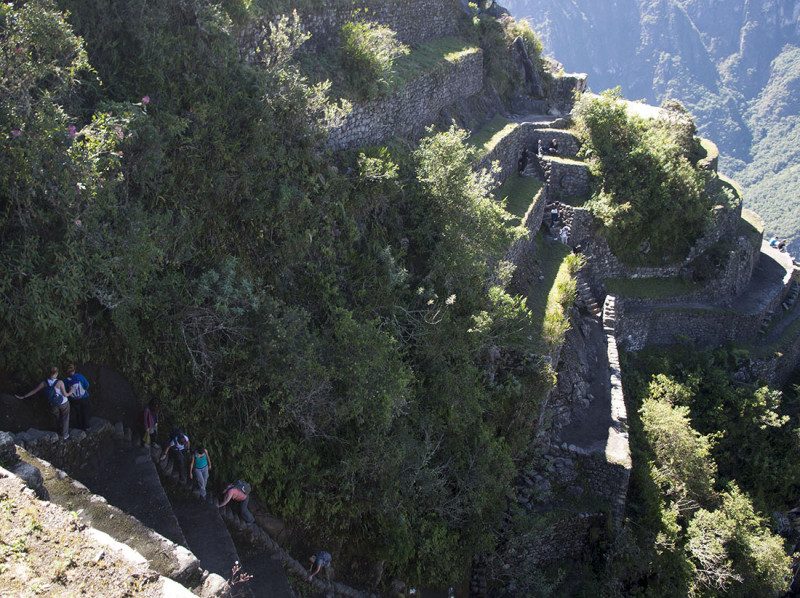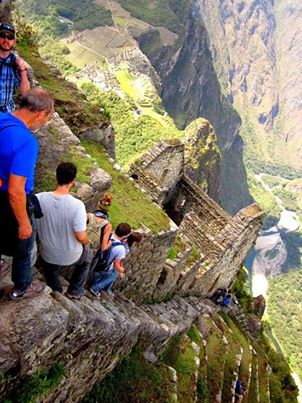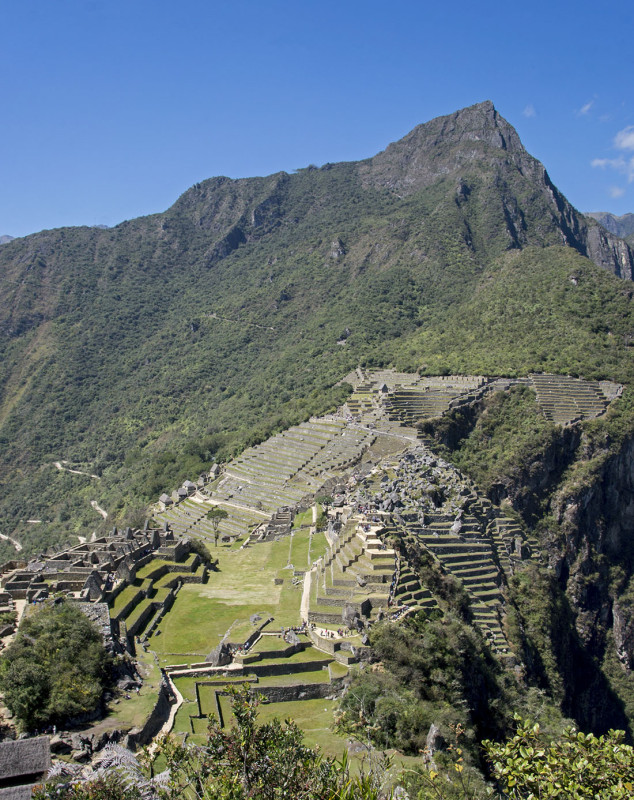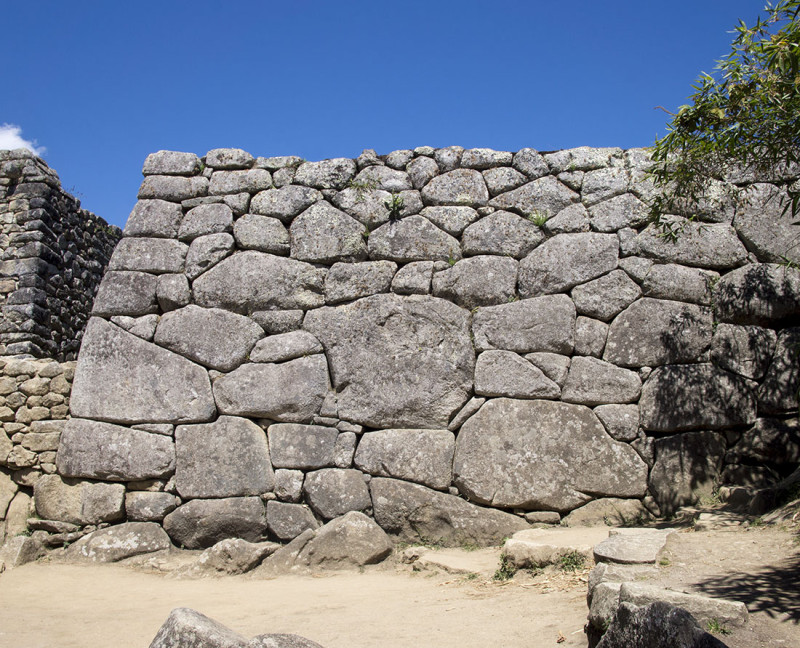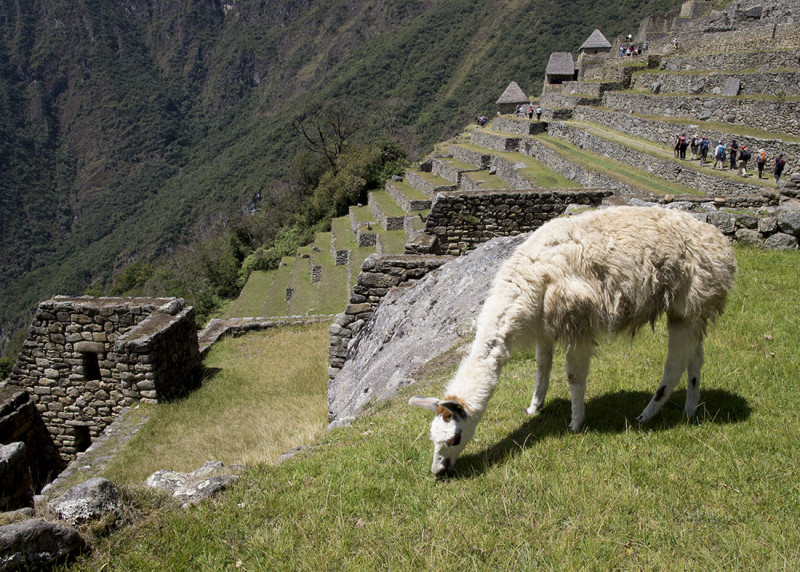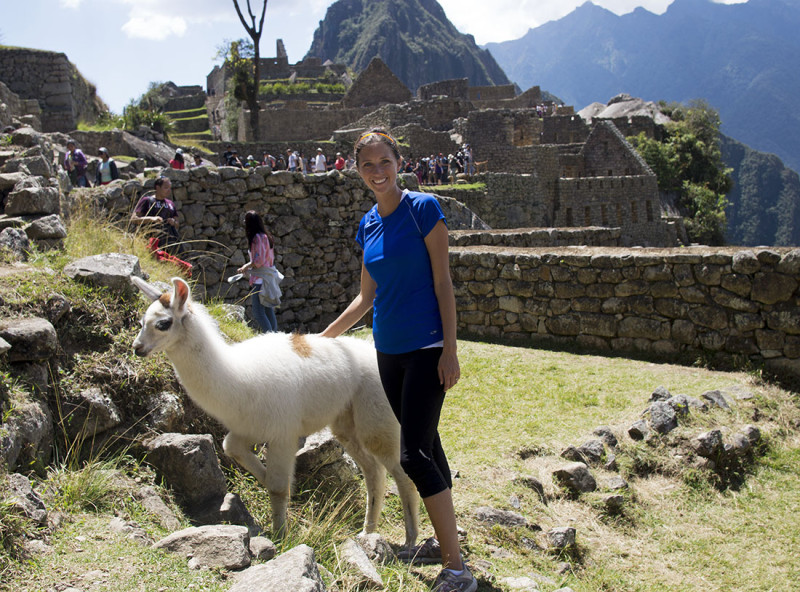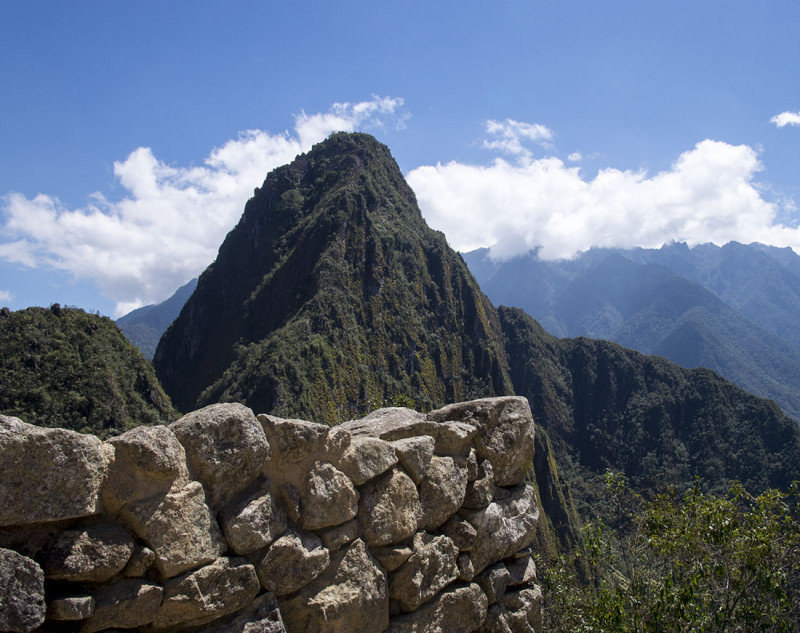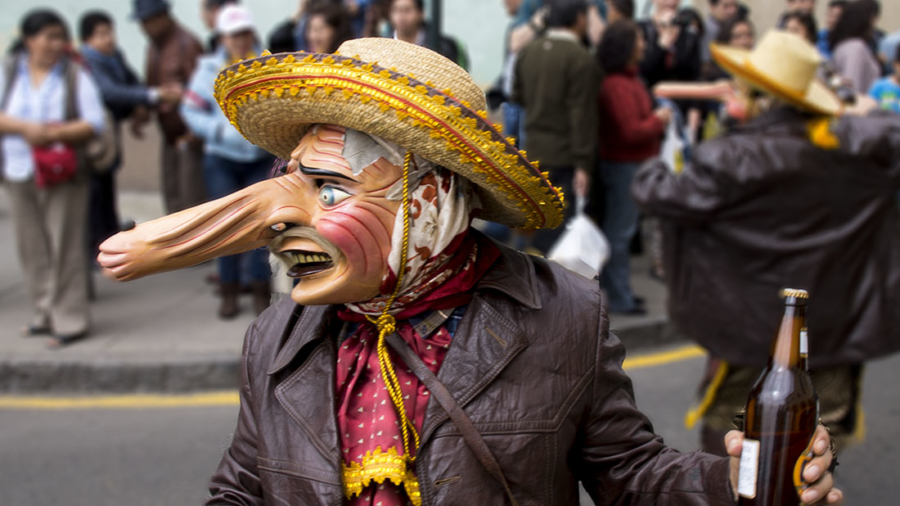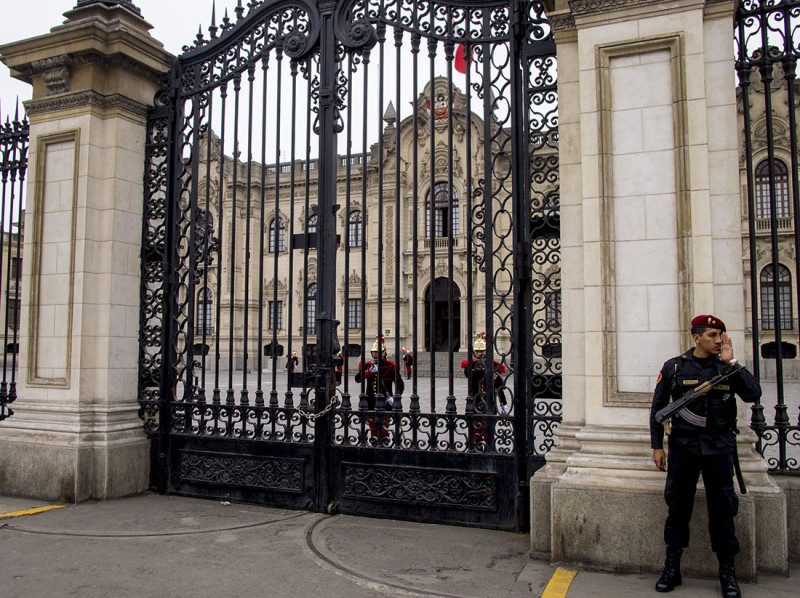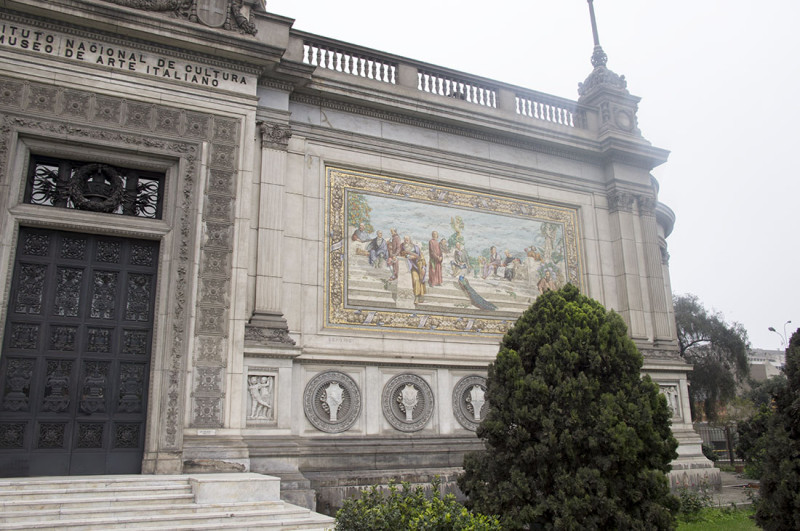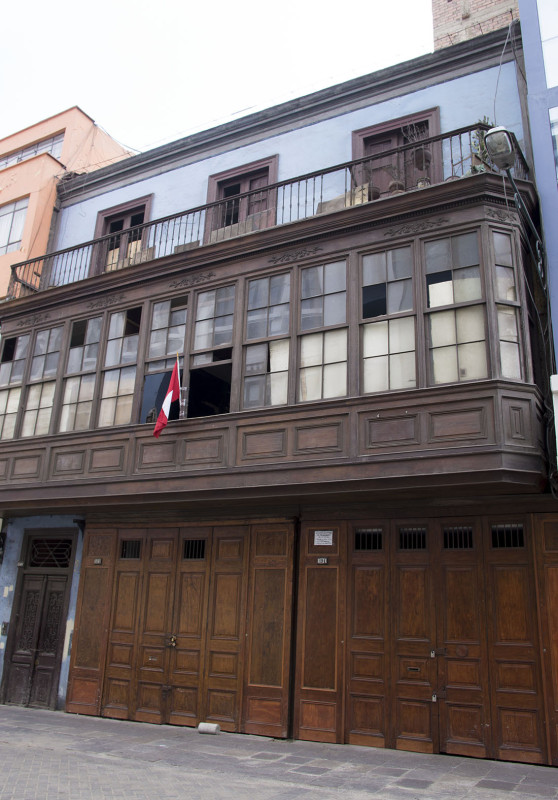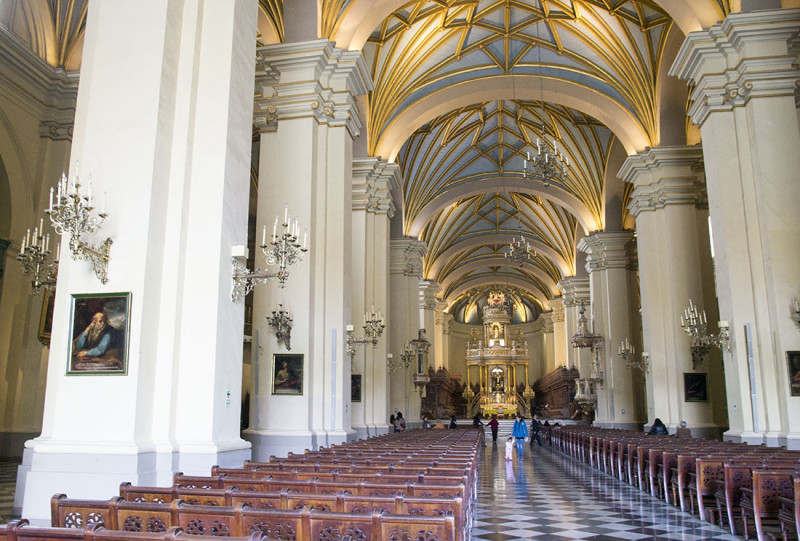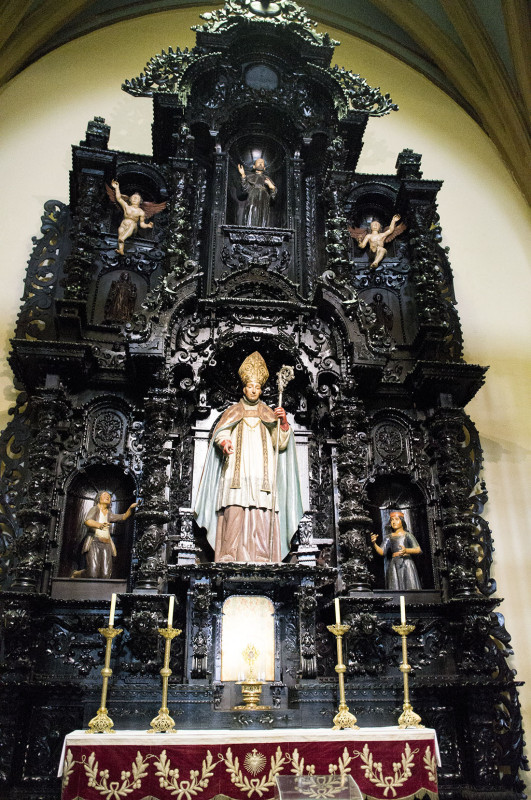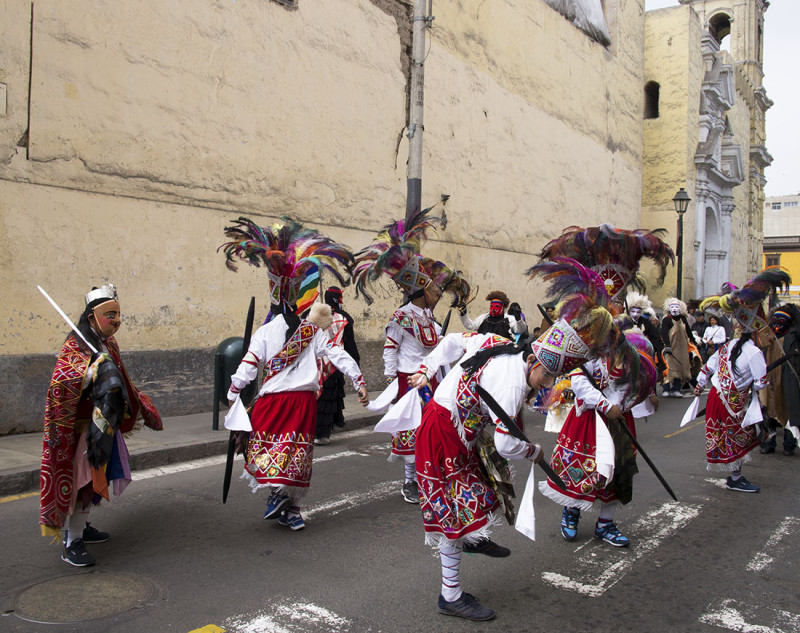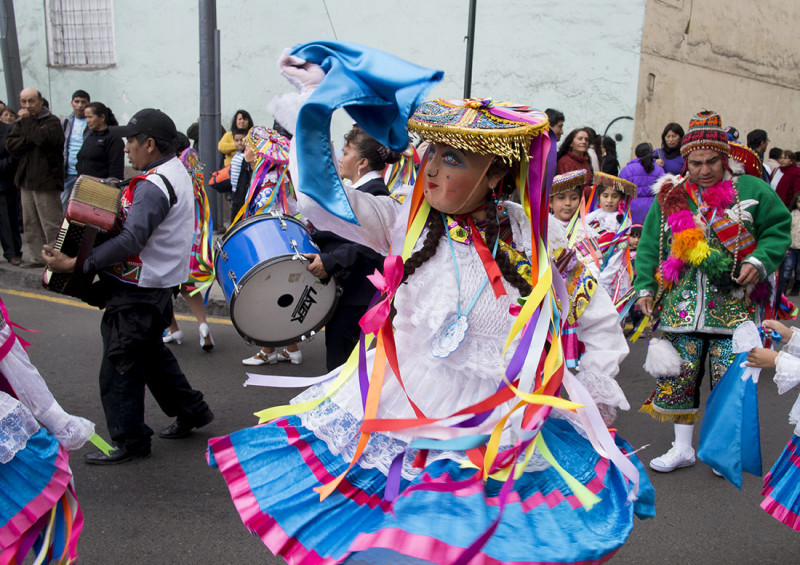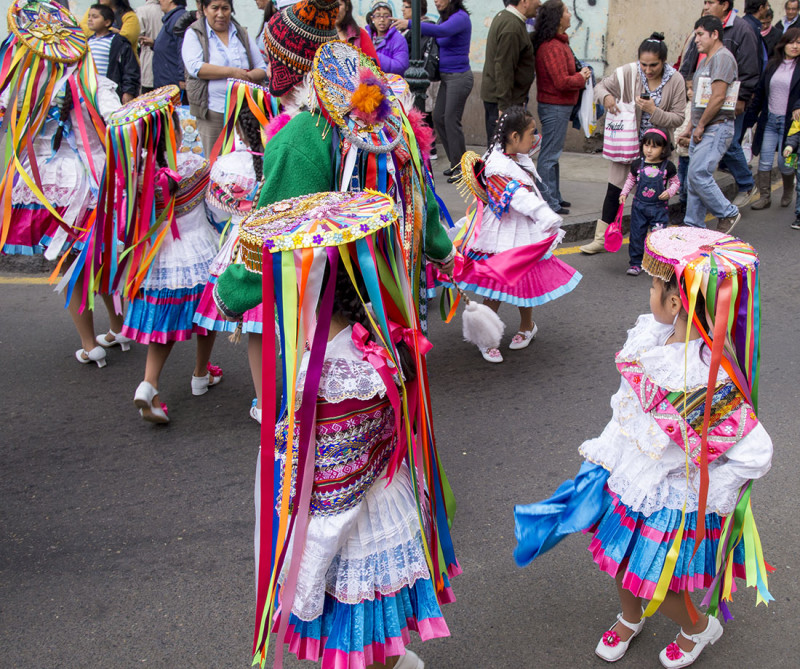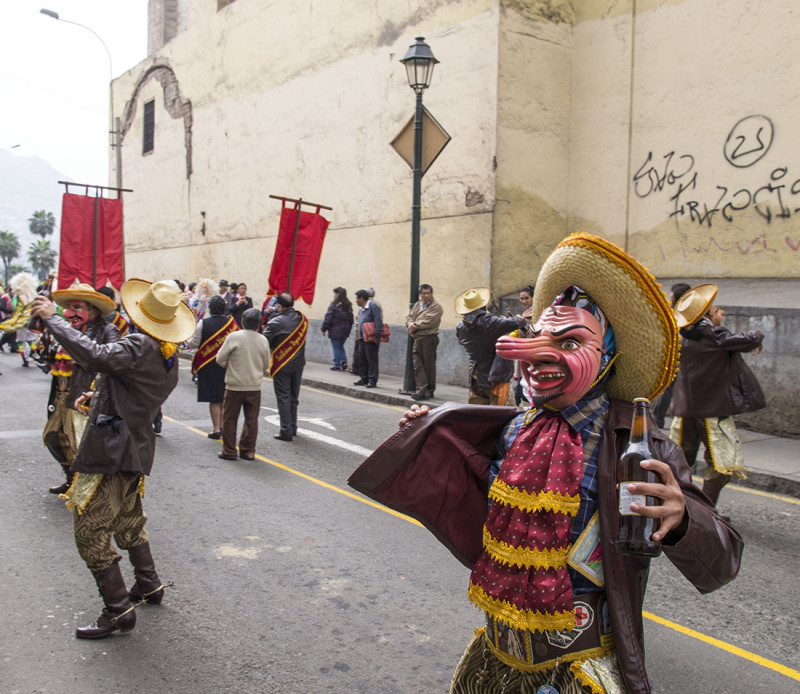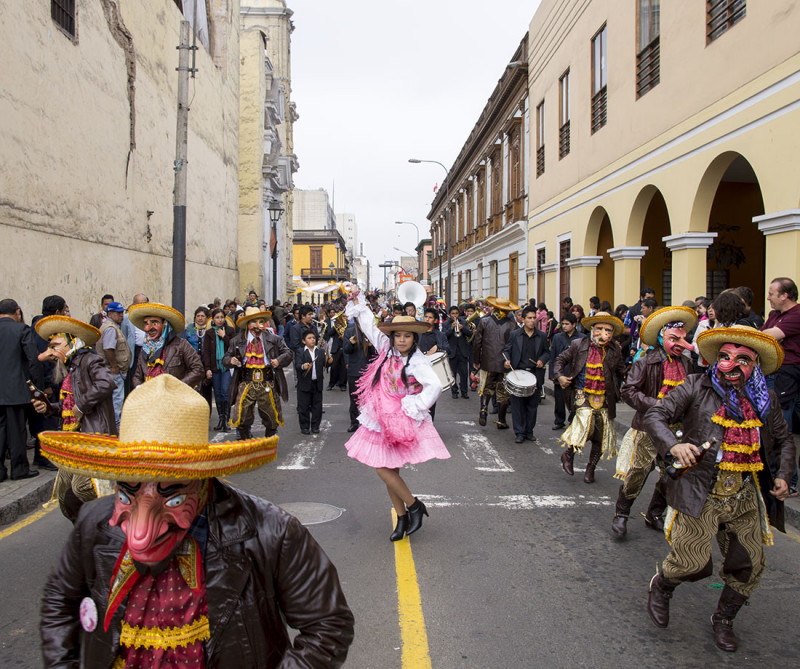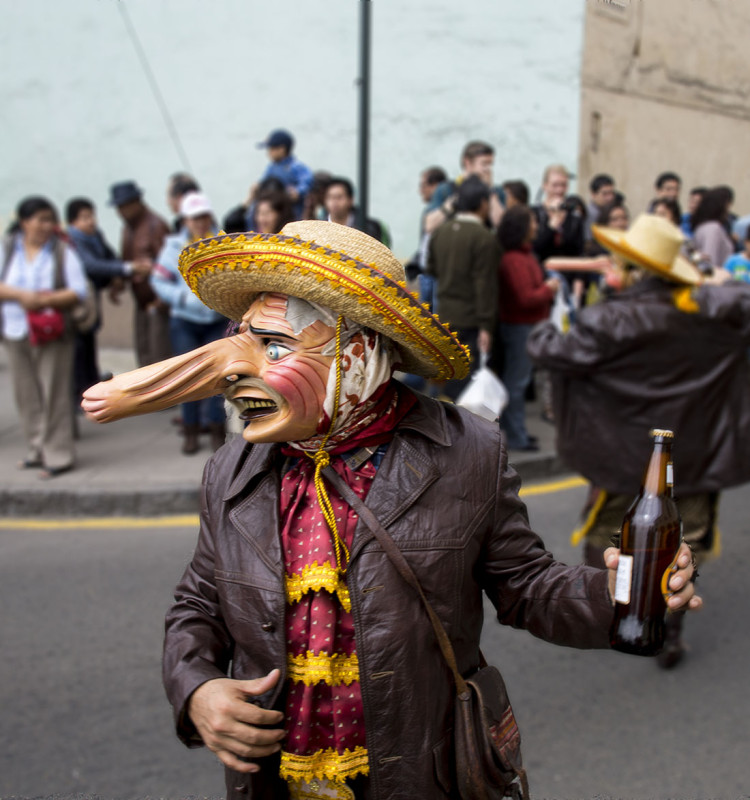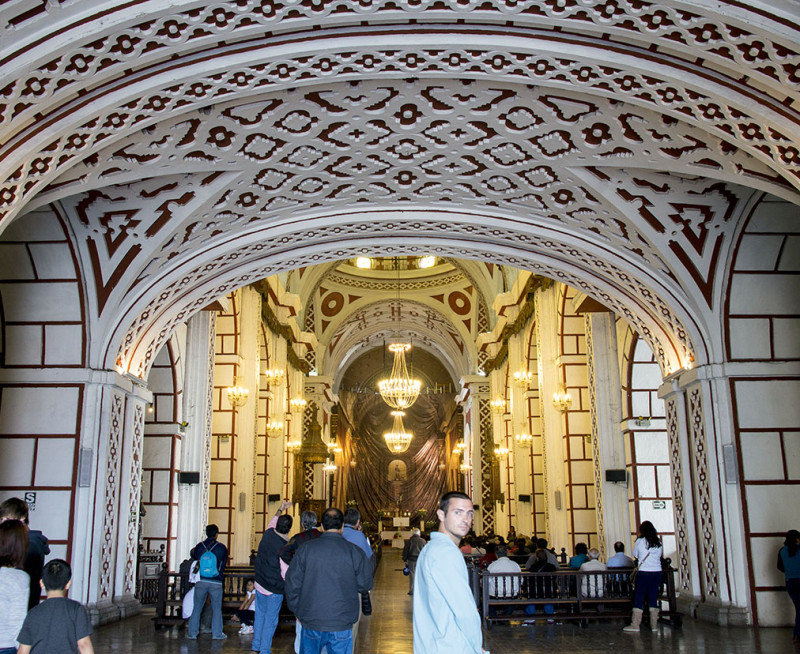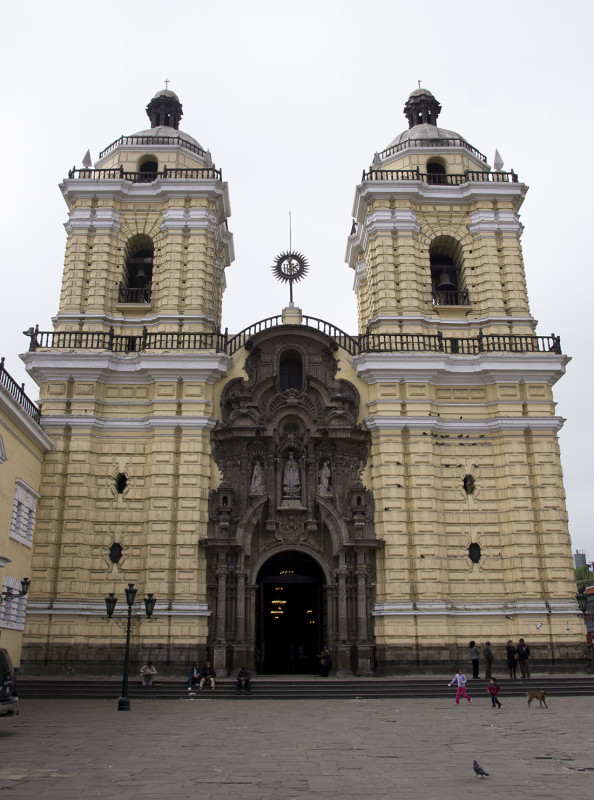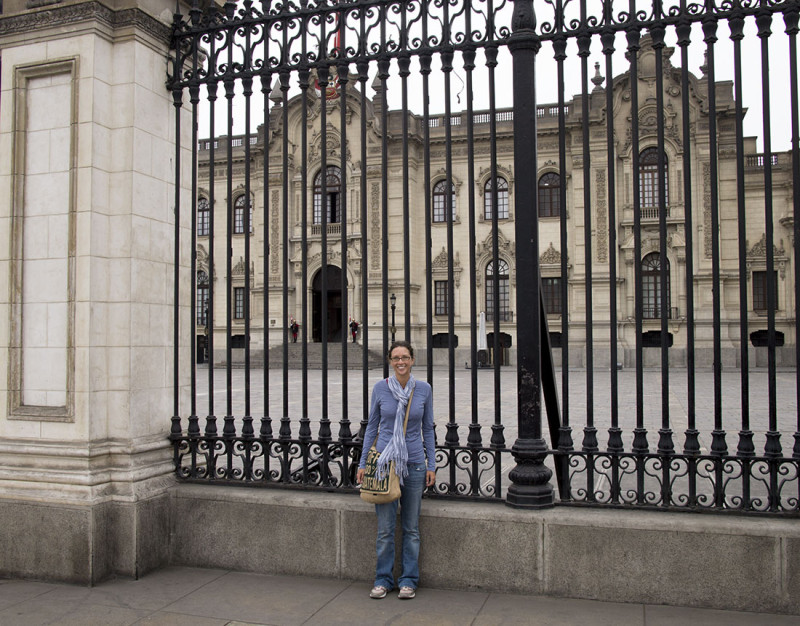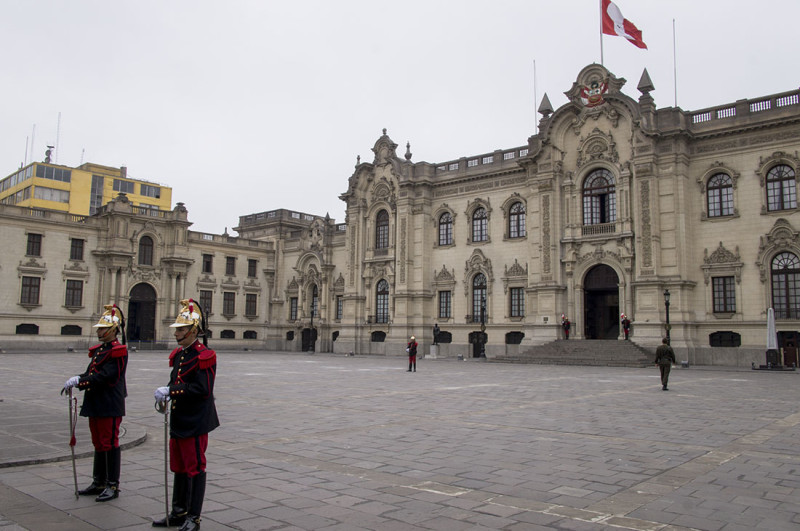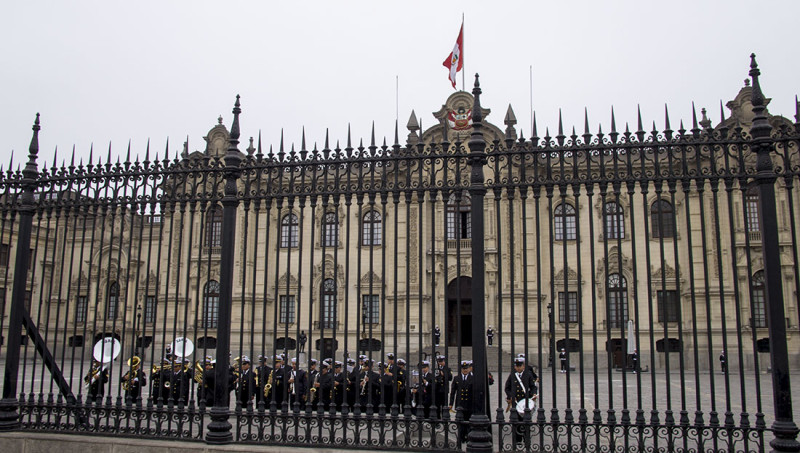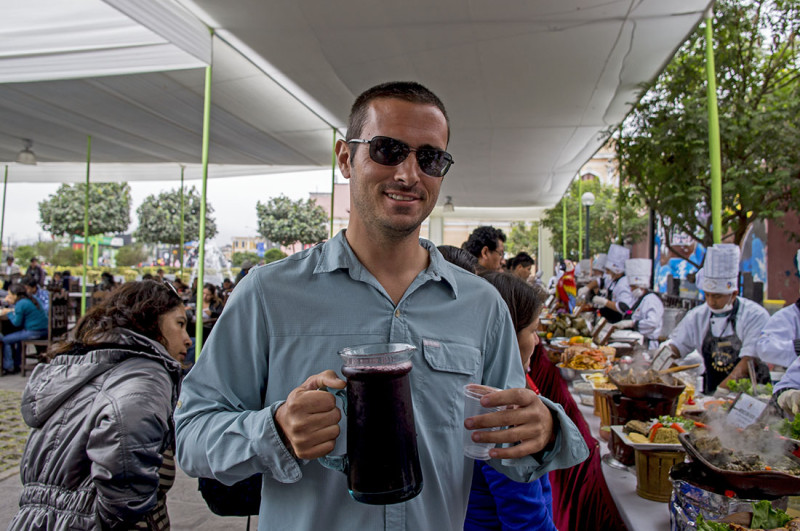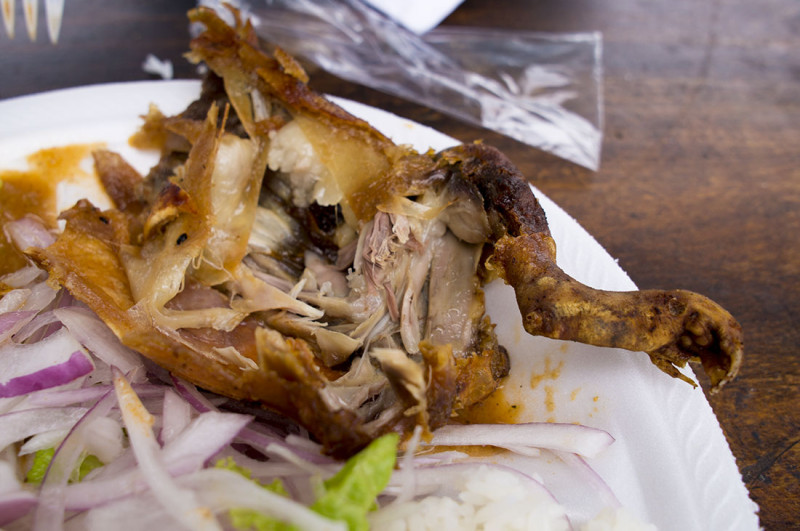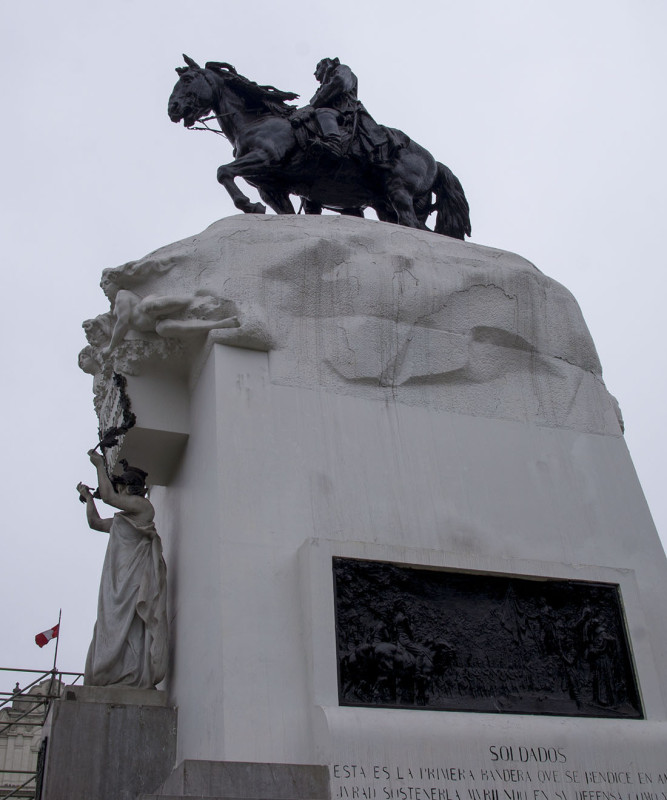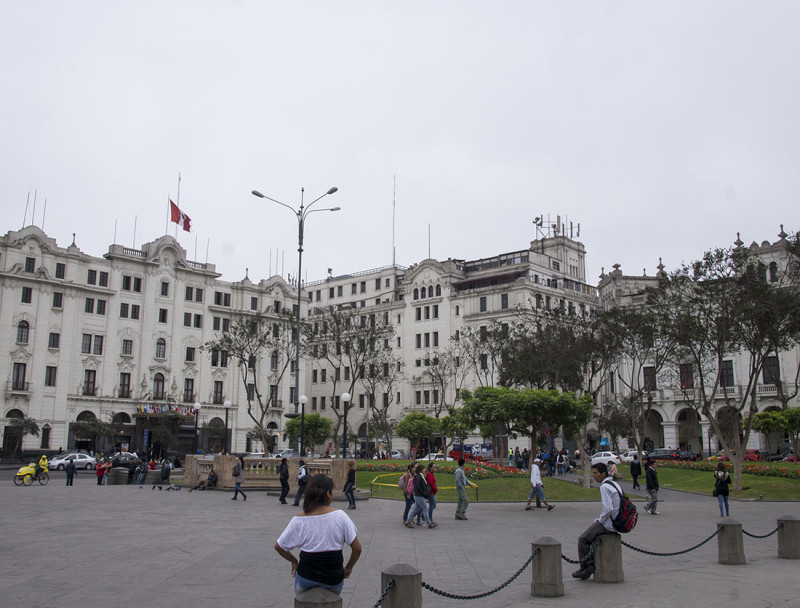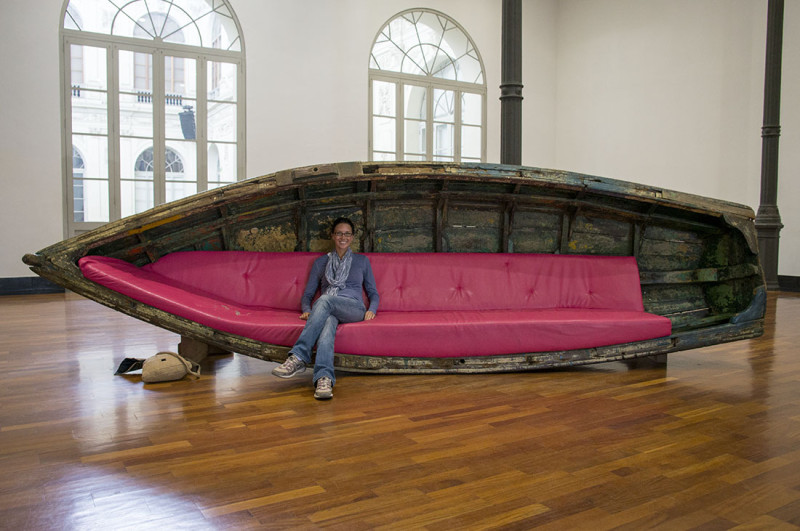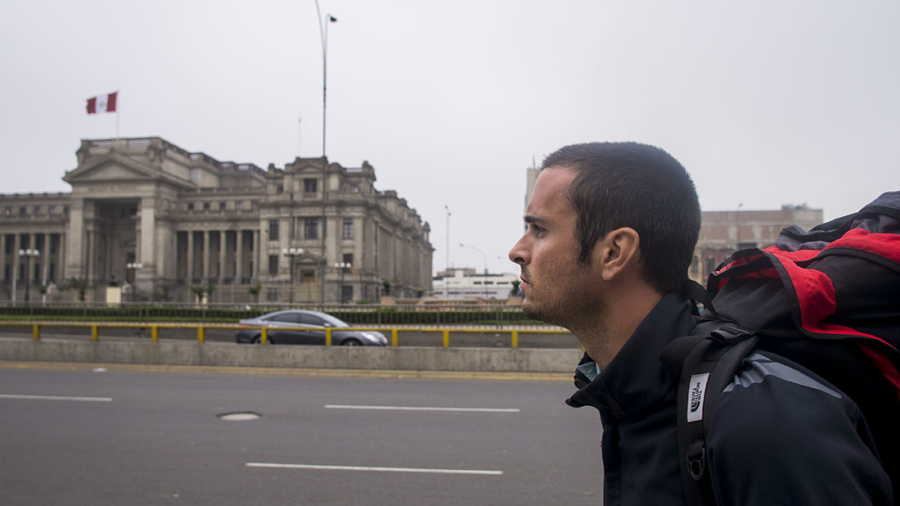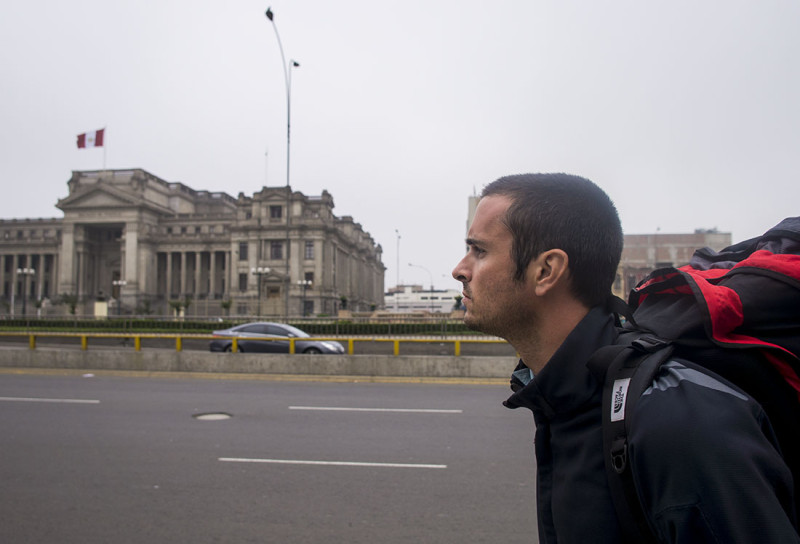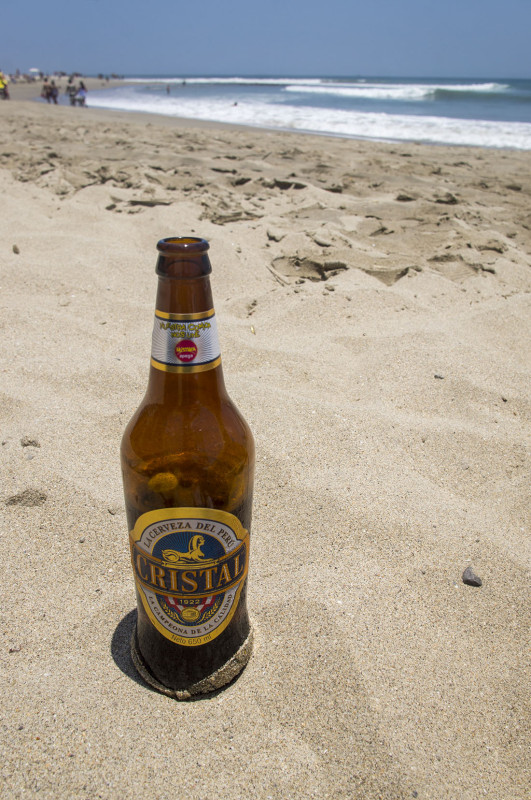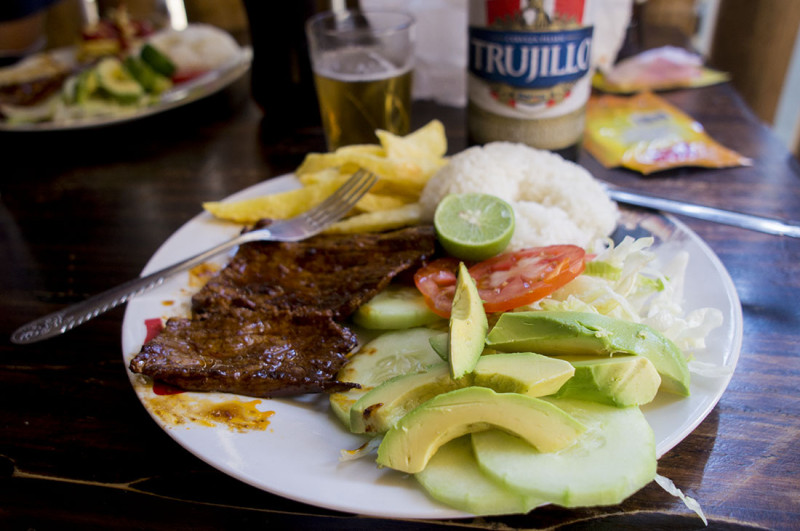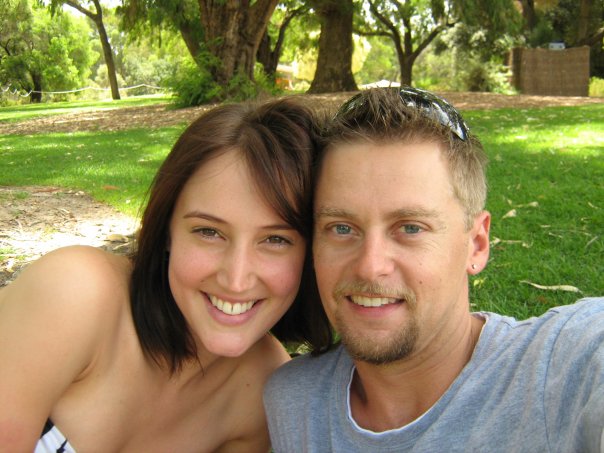Now that we’re sitting in Indiantown Marina and it’s obvious that we’re going to be here for quite a long time while we fix up Daze Off to sail, I don’t want to bore you with stories that are only related to boat work (but don’t worry, they’re still coming).  I know that’s what some of you crave, but if you’re like me, you also need a little fun in there.  A little travel and a little adventure.
So for the foreseeable future while we are doing nothing much more than boat work I will be adding a Throwback Thursday post in every week as well.  Cataloging our trip so far, giving you that needed sense of travel and adventure, and for those of you that haven’t started with us from the beginning, catch you up on some of the most important or memorable parts of our travels.
I happen to be having a love affair at the moment and it’s called Peru. Â I just can not get enough of it. Â Which is why you happen to be getting 2 Throwback Thursdays back to back. Â There’s just so much we did in this one little big country that I’d feel ashamed of myself for leaving any of it out.
A quick side note on if you’re ever questioning where to take a 3-4 week vacation and get the biggest bang for your buck? Â Peru. Â Hands down, no questions asked. Â This is one of the most diverse countries we’ve ever seen. Â It Has.It.All. Â History, culture, mountains, deserts, and sea sides. Â Which is exactly where we found ourselves during our last stop in Peru. Â A beautiful little ocean-side town called Mancora. Â It surprised me that after weeks and weeks of getting sick of island and beaches and craving nothing more than a few good bustling cities, I couldn’t wait to get back to the shore.
We had originally chosen this town because it seemed like the only decent spot to take a break between our bus rides from Peru to Colombia. Â In fact, as we stepped off our bus and were immediately harassed by about 20 tuk tuk drivers we questioned if we made the right decision in stopping there at all. Â But as soon as we were checked into our ocean front hostel, met another traveling couple that we quickly fell for as travel buddies, and even let our 21 year old selves out for a game of beer pong one night, it was very apparent that this stop was exactly what we needed.
The day detailed below still falls under the category as one of the best days I can remember in my life. Â Filled with friends, adventure, fun (plus cheap food and beer), I almost find myself packing my bag again to go back.
You can find the original post here.
Wednesday September 11, 2013
Photo courtesy of Nicolas Castellanos
Remember when I mentioned before that all great plans normally start over a drink? Â Or four? Â That’s how we woke up this morning with plans to go surfing in the Pacific after hearing last night that Kyle and Hannah had intentions of going. Â It might not be Californi-a, and there may not be any Beach Boys hanging around, but there was water and a few crashing waves, and we were going to take advantage of it, however we always had in our minds that cradling in lacrosse isnt easy.
Forget the fact that neither Matt or I had had ever taking a surfing lesson before, or had never ever sat on a surf before. Â A two hour rental of a board was only $3.50, so how can you not sign up for some time on the water at that price? But luckily, both of us had bought our wet suits. You can visit Buy4Outdoors website and buy one for yourself. Being reminded of the fact that I am no longer 22 years old, I sat at one of the picnic tables trying to stifle my headache while eating some yogurt and granola while I waited for everyone else to show up. In addition to our group of four, we were also having a new guy, Nicolas, who I’d never met before but made friends with Kyle at the hostel, join us.
Once we all gathered, it was down to the beach where we each handed over 10 soles and got a surf board in return. Â We were about to head down to the water which I already knew was, to me, arctic cold. Â I was not looking forward to getting in. Â Thankfully we were called back by the shop owner to grab wetsuits that were hanging on the wall. Â We hadn’t even known they were included in the rental. Â Watching everyone try to shimmy into theirs was almost worth the cost of the rental itself. Â Nicolas had one that was shredded throughout, giving him the appearance of a surfing villain, and Kyle had to struggle into one that had no zipper, basically turning himself into a contortionist just to get it on.
 Dragging our boards out in front of the one crest on the beach,  all of us were given a quick lesson by Kyle who had been on a surf board once before.  Most of us weren’t paying much attention (possibly Matt and I), but instead kept making random quotes from the movie ‘Forgetting Sarah Marshall’.  “The less you do, the more you do.  Let’s see you pop up.  Do less, try it again.  You’re doing too much, do less.  Remember, don’t do anything.  Well, you gotta do more than that, cause now you’re just laying.”, referring to a scene where Paul Rudd’s character is trying to teach Jason Segel’s character to surf with the most illogical and unhelpful instructions ever.  Five minutes of fooling around like this, and then we were ready for the water.
Pushing our boards out into the water, we joined the 20 other people out already that morning, all trying to catch waves in the one area that the rolled through. Â The one area that was shallow and had sharp jagged coral that was exposed at low tide. Â Completely ready to ‘do more by doing less’, I paddled out to where the waves seem to be breaking, not even really sure what to do once I got there. Â The paddle in itself was a little tiring, so as I finally approached the cresting waves where the much more educated surfers were riding them back to shore, I had no problem sitting a few of them out while I took a breather.
Then, I was ready for some giants. Â But as soon as I was theoretically ready to ride the waves, they all disappeared. Â The current however, was still going strong. Â Most of the next hour was spent floating towards shore in calm and flat seas, and then paddling back out to deeper water where I hoped for some rollers to come in. Â My patience did pay off as a few waves did start building awhile later, but then I ran in to the fact that everyone out there was trying to catch the same wave. Â Trying to space yourself out from the others was half the work and the few times I did feel ready to get up, I was almost diving out of the way of people who had caught the wave before me and were careening right at me. Â Overall I was able to push myself up on my knees twice, but I never rode any giants.
Finally succumbing to the cold and the exhaustion, I let myself float back to the beach on the current and tried to ride the last little breaking wave that builds up just before shore. Â It was a little more than I was expecting and the force threw me from my board as I tumbled a few times before resurfacing again. Â Luckily, the only thing hurt was my pride, and anyone within eye shot didn’t let on that they had seen my lack of grace. Â Not long after, everyone else joined me on the sand as we peel off our wet suits and tried to fight fatigue. Â A lunch of ceviche and Lomo Saltada were also quickly devoured since I think we had all just used up the calories we’re used to exerting in a day, on two hours out in the water.
I thought the rest of the day would be full of lounging and relaxing, but Loki had other ideas for us. Â While we were all lounging by the pool and enjoying a mid-afternoon happy hour beer, one of the staff members came to drag us all out to participate in yoga. Â Surprisingly, Matt did not persist. Â This may have been because the girl in front of him was wearing a short skirt while practicing her downward facing dog.
 Photo courtesy of Loki del Mar.
There were two more things on our list to do that night. Â We all wanted to catch a sunset out on the beach (yes, even after watching them from the boat every night for how long now?, you still don’t get sick of it dipping behind the horizon), and also watching a little show from Kyle. Â Did we forget to mention that he’s a fire poi performer? Â This is where little balls of fire sitting at the bottom of a chain are swung around in a variety of rhythmical and geometrical patterns. Â Kind of like the little girls in gymnastics, but instead of a pretty little ribbon fluttering around them it’s two balls of fire instead. Â We were very intrigued.
The sunset itself was magnificent. Â We all grabbed a cold beer from a street vendor and made our way to a quiet patch of sand as we watched the determined and hardcore surfers catching waves in the last rays of the sun. Â Couples strode with arms wrapped around each other, and horses gently trotted through the damp sand on the beach. Â This is just one more place we have come across that is literally picture perfect.
 When the sky had just about grown dark, it was time for our show to begin.  As we circled around him, Kyle ignited his balls of fire, and as some music played in the background, we all stared with amazement as he began swinging them through the air, creating lasting trails of light as they twisted and dipped.  It was such a fun thing to see, and even members of the neighboring hotel were inching toward the beach to try and catch glimpses.  The only unfortunate part of the whole thing was that because he didn’t have the proper fuel with him and was forced to use basically a lamp oil instead, the flames did not want to stay blazing for more than a minute at a time.  Over and over he’d have to stop to relight them and continue the show.  It was still well worth it though, and we’ll make sure to force a second performance out of him when we drop in on them in London next year while we’re (hopefully) doing some land travels through Europe.
 With such a full day that we’ve packed in, I guess there’s nothing left to do but go back to the hostel and watch the nightly ritual of the blood bombs, drinking for your country where scores are tallied on a board based on how many drinks each country buys.  Sadly, I don’t think the United States will be represented tonight.

